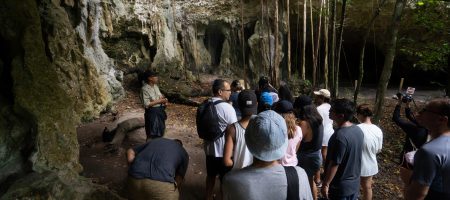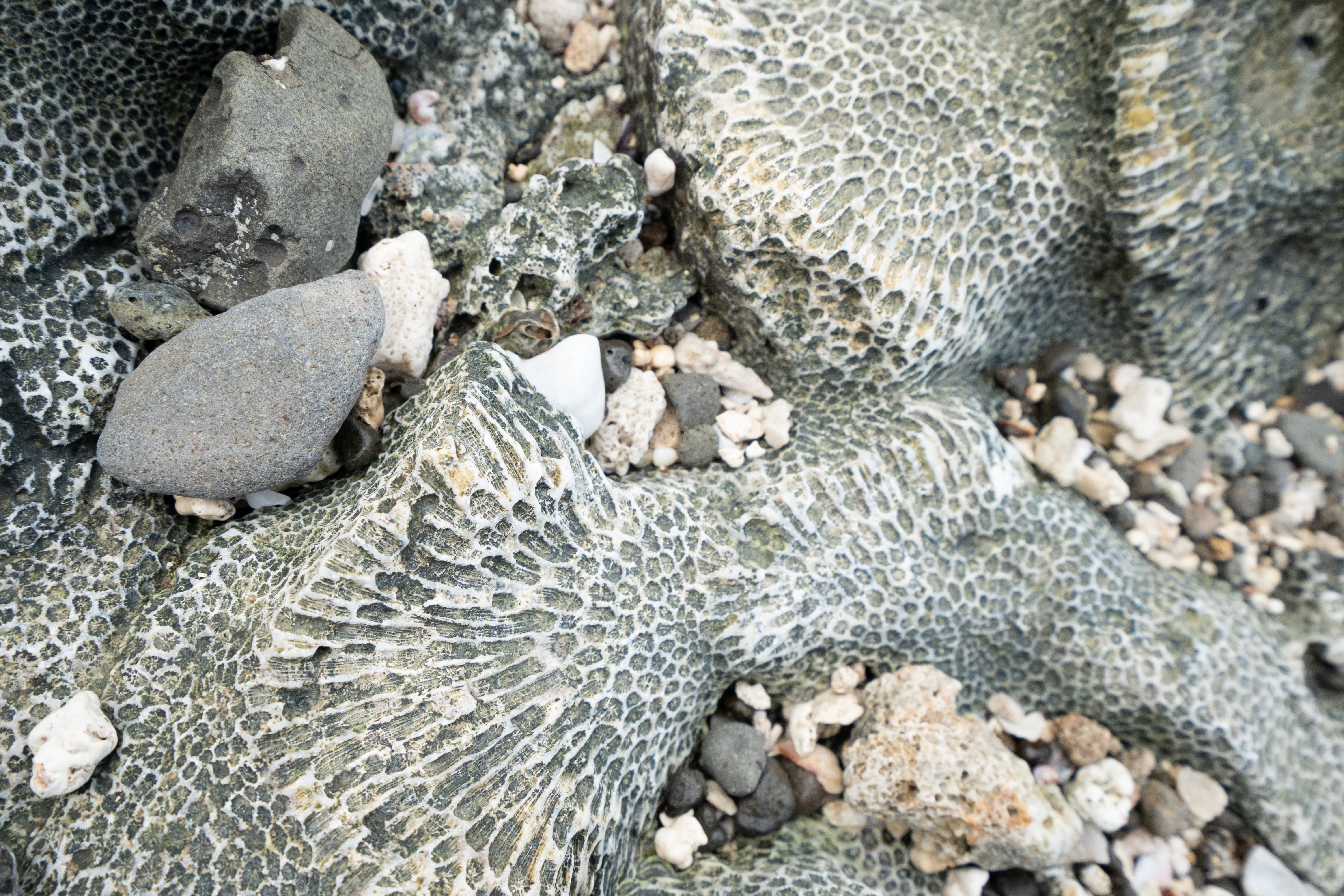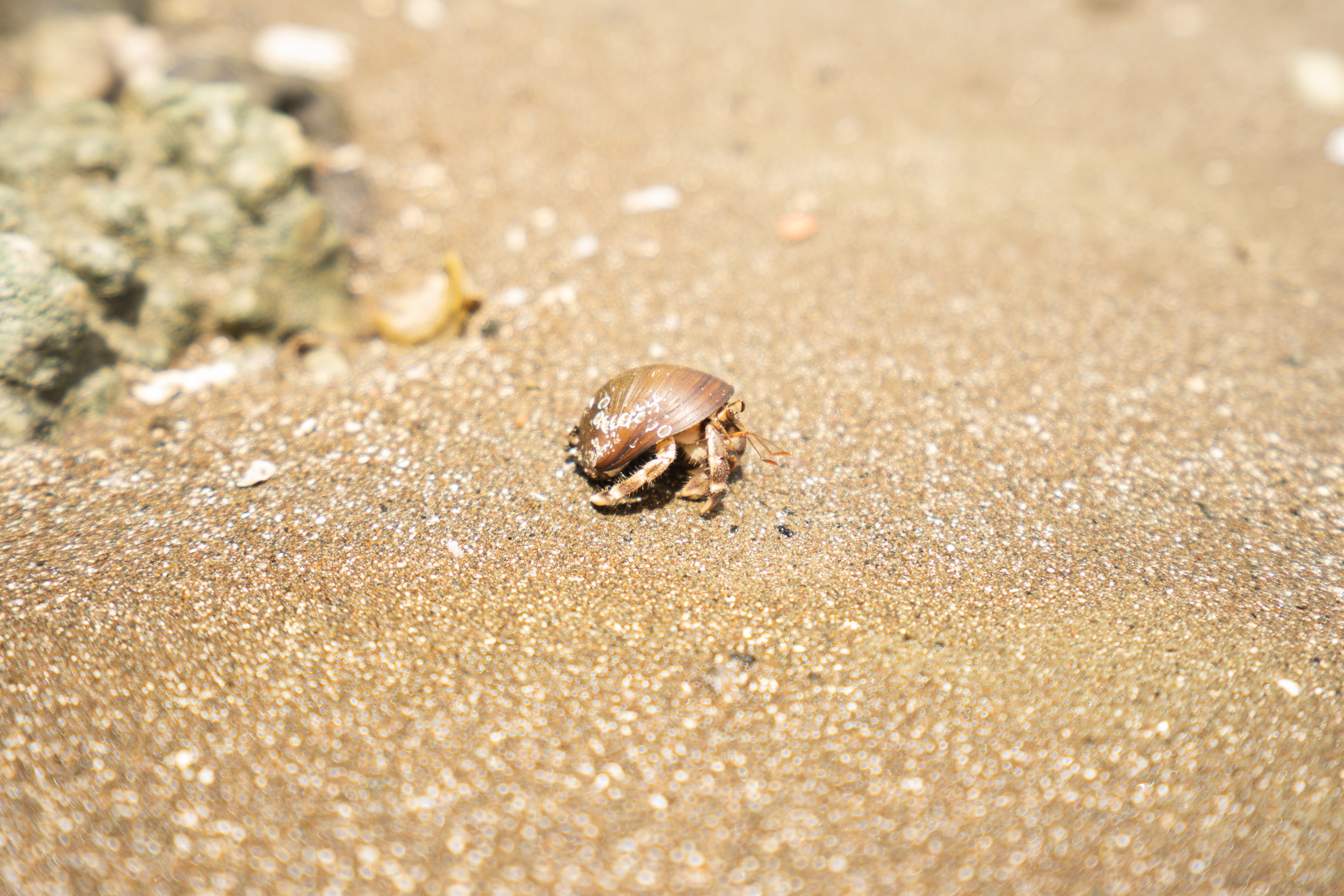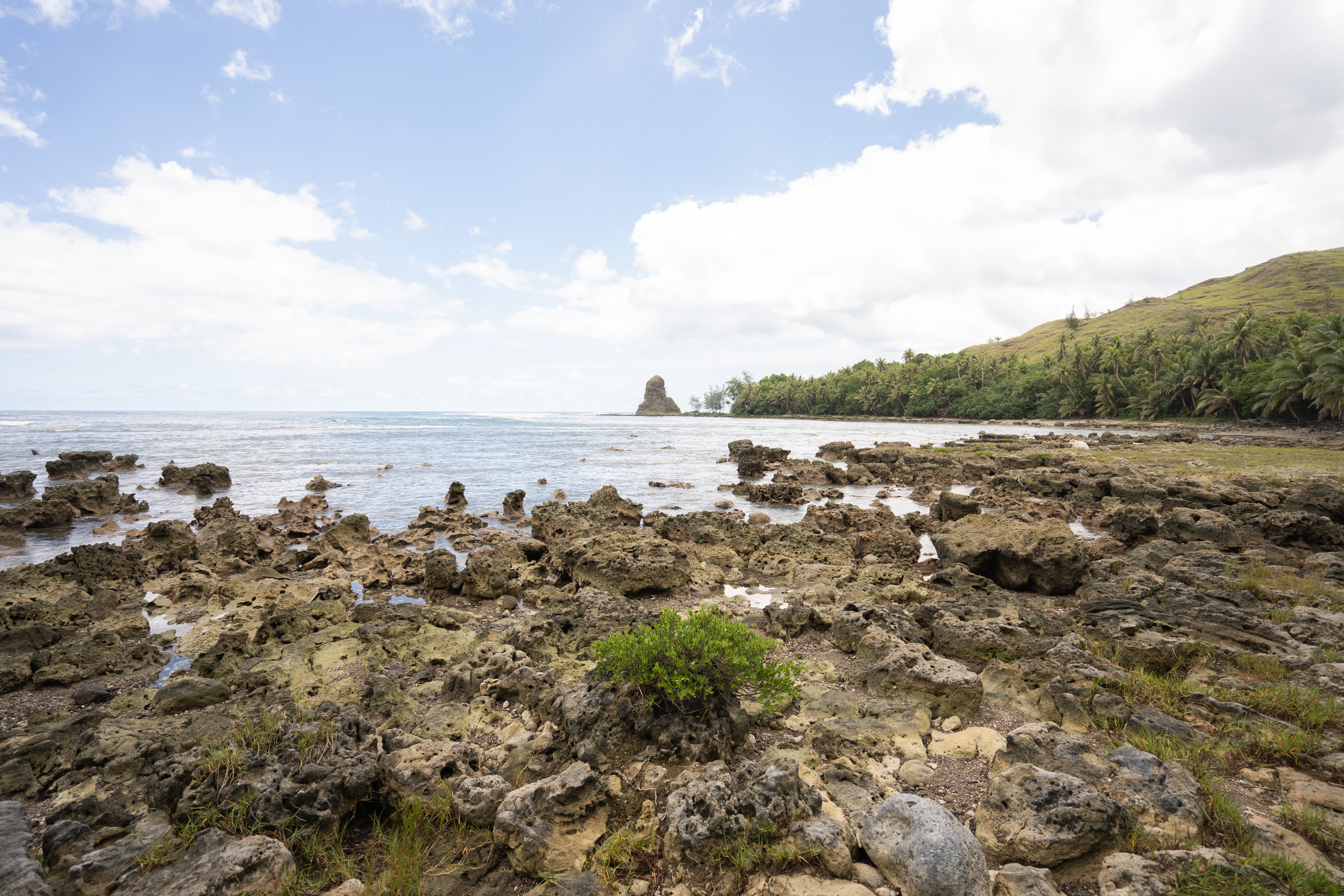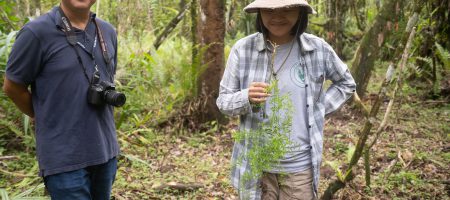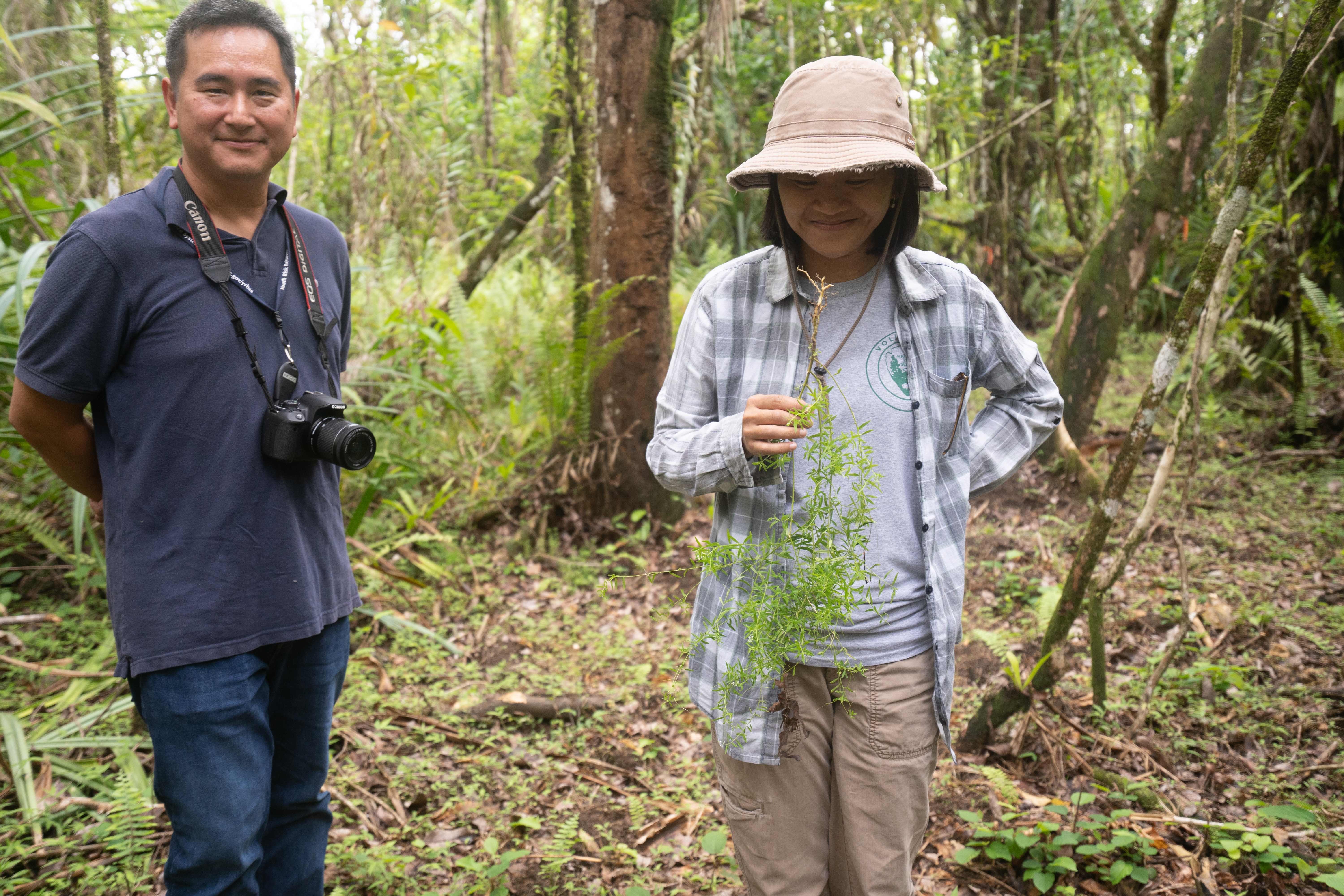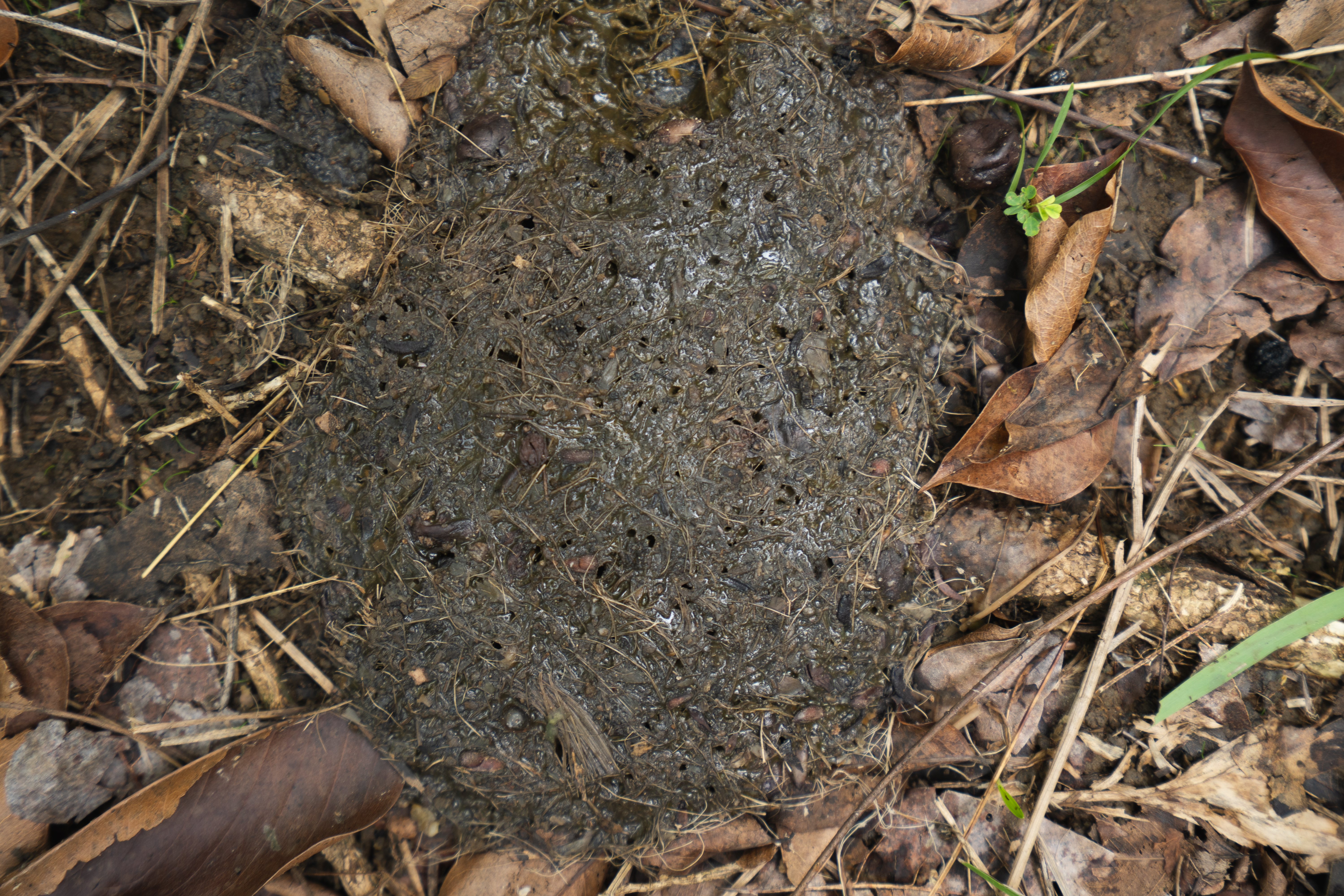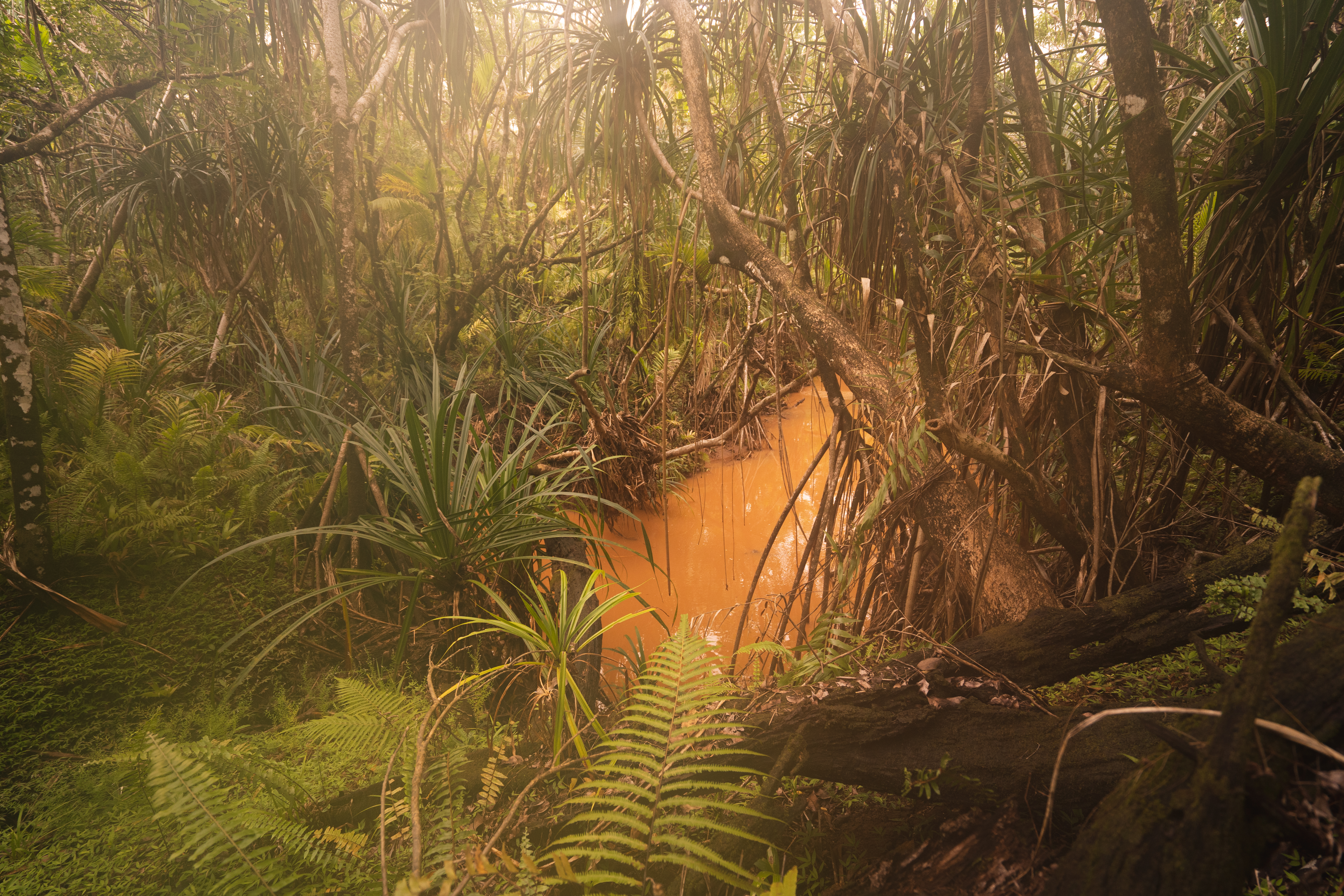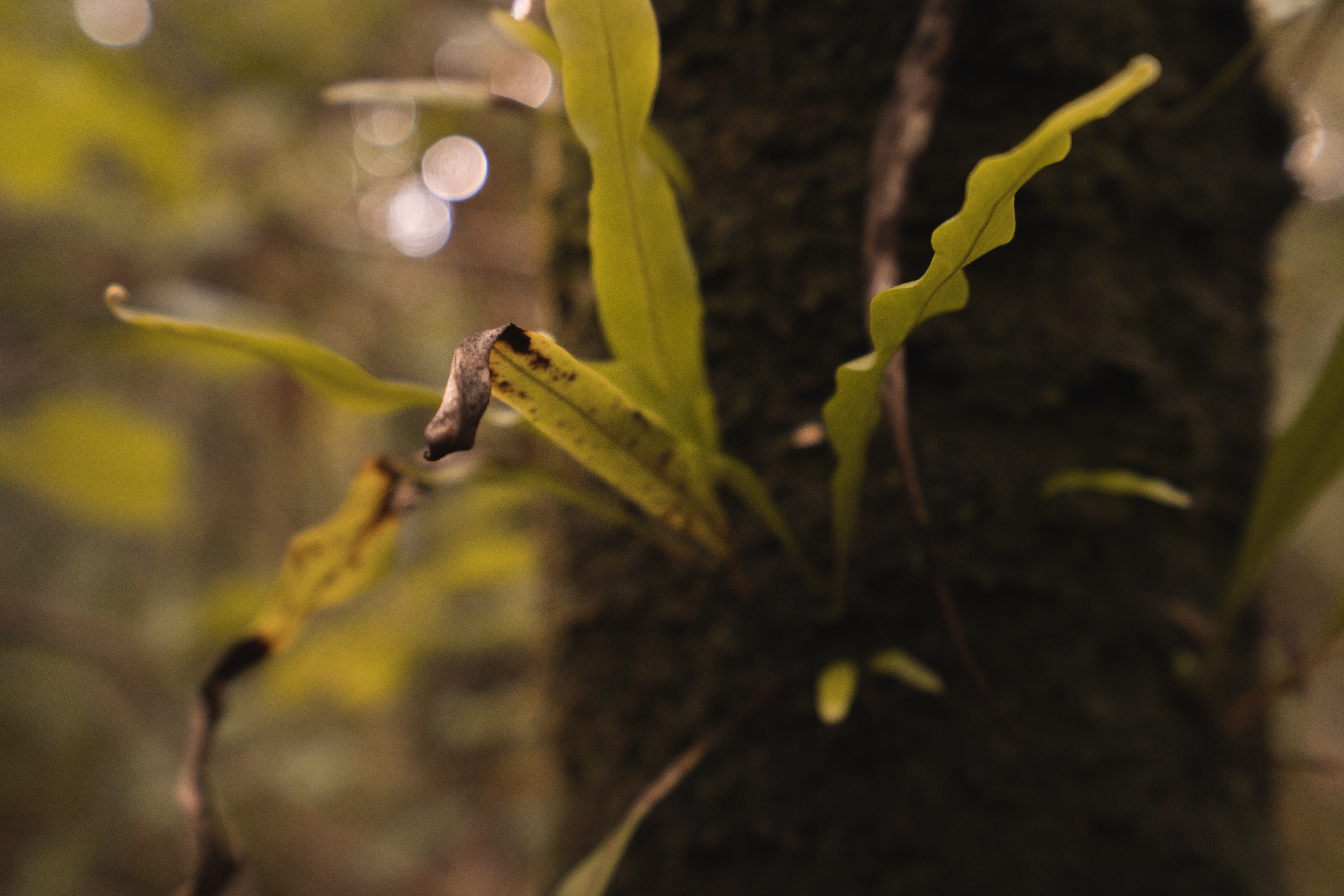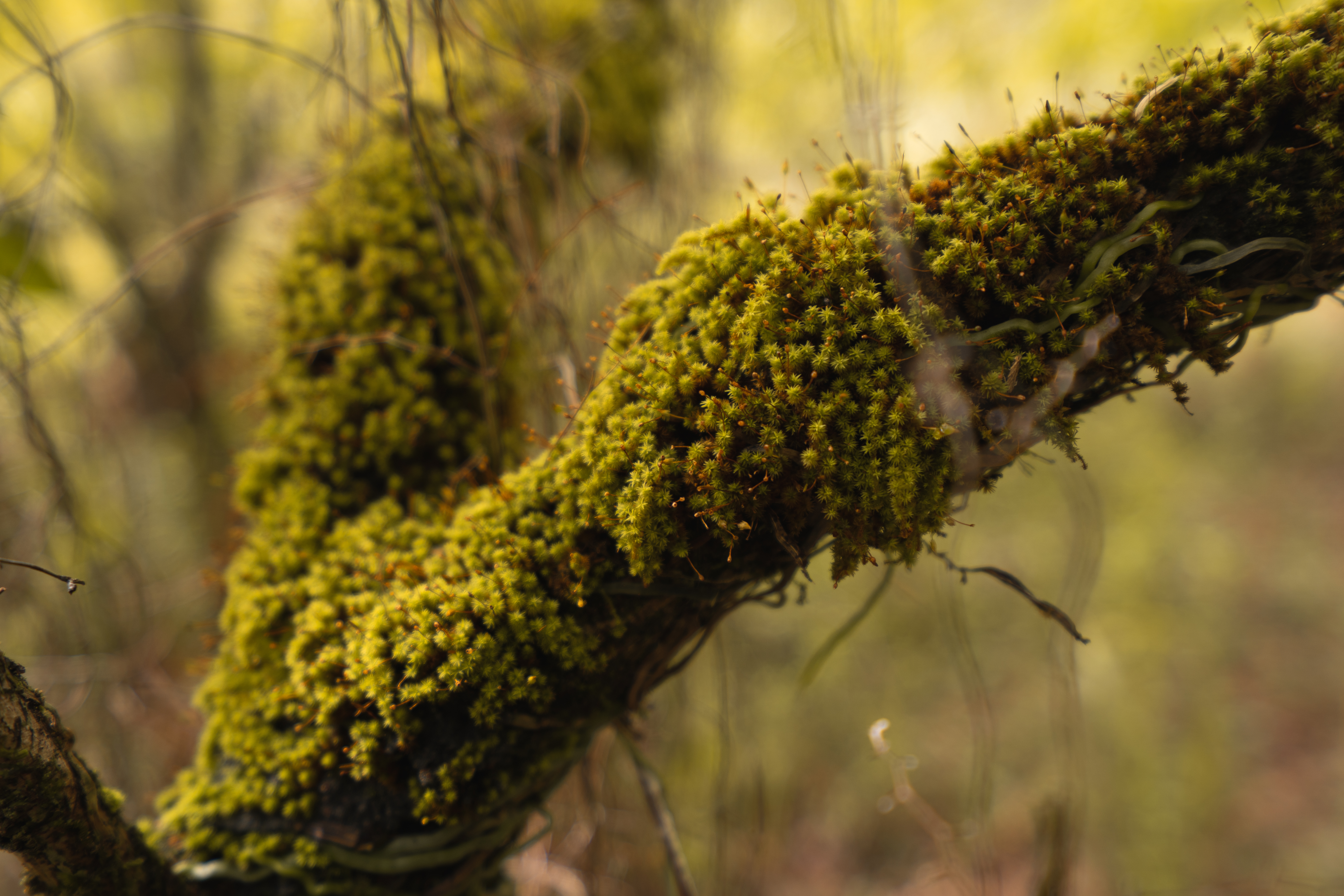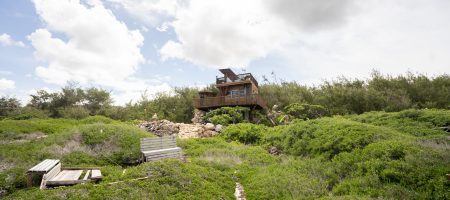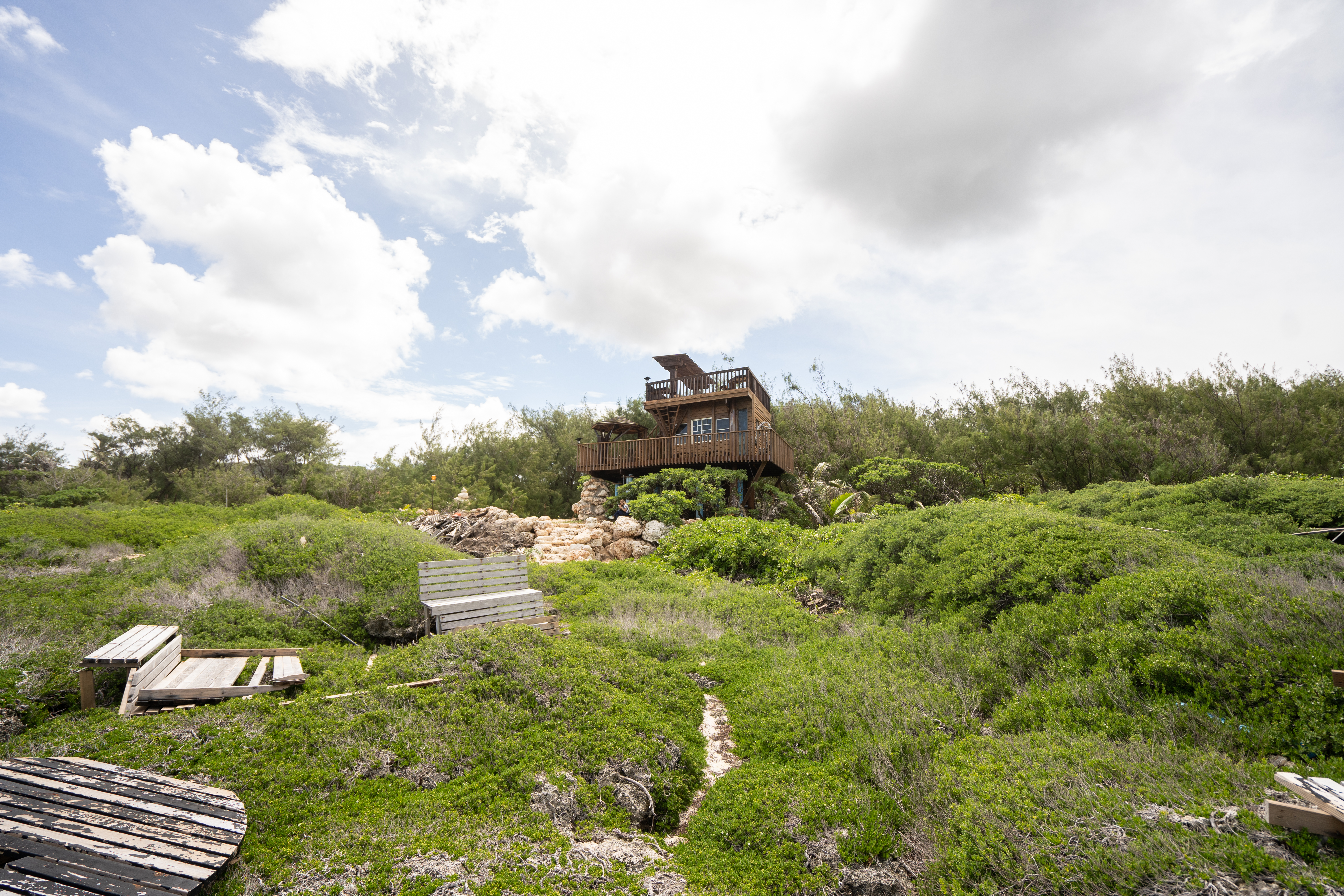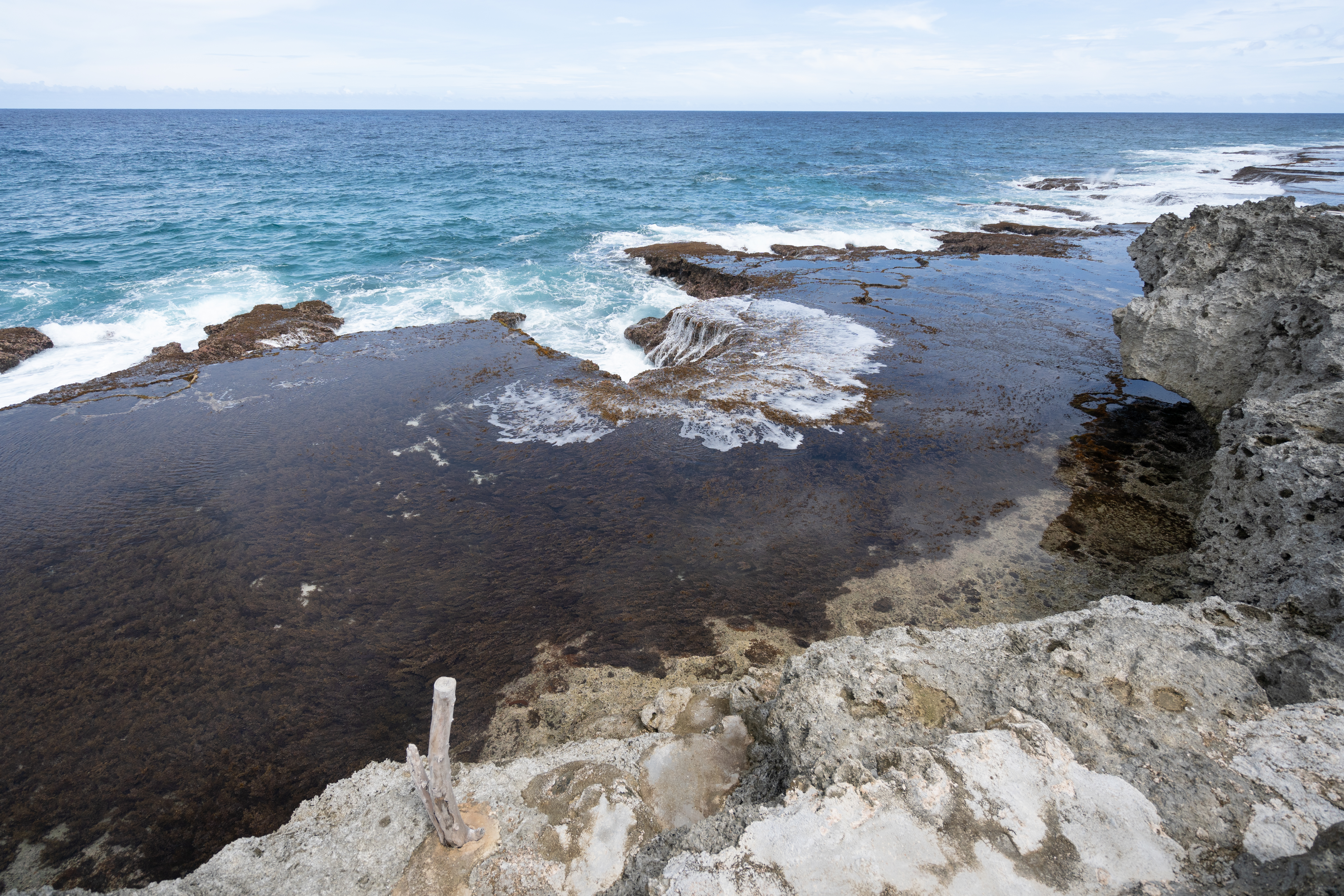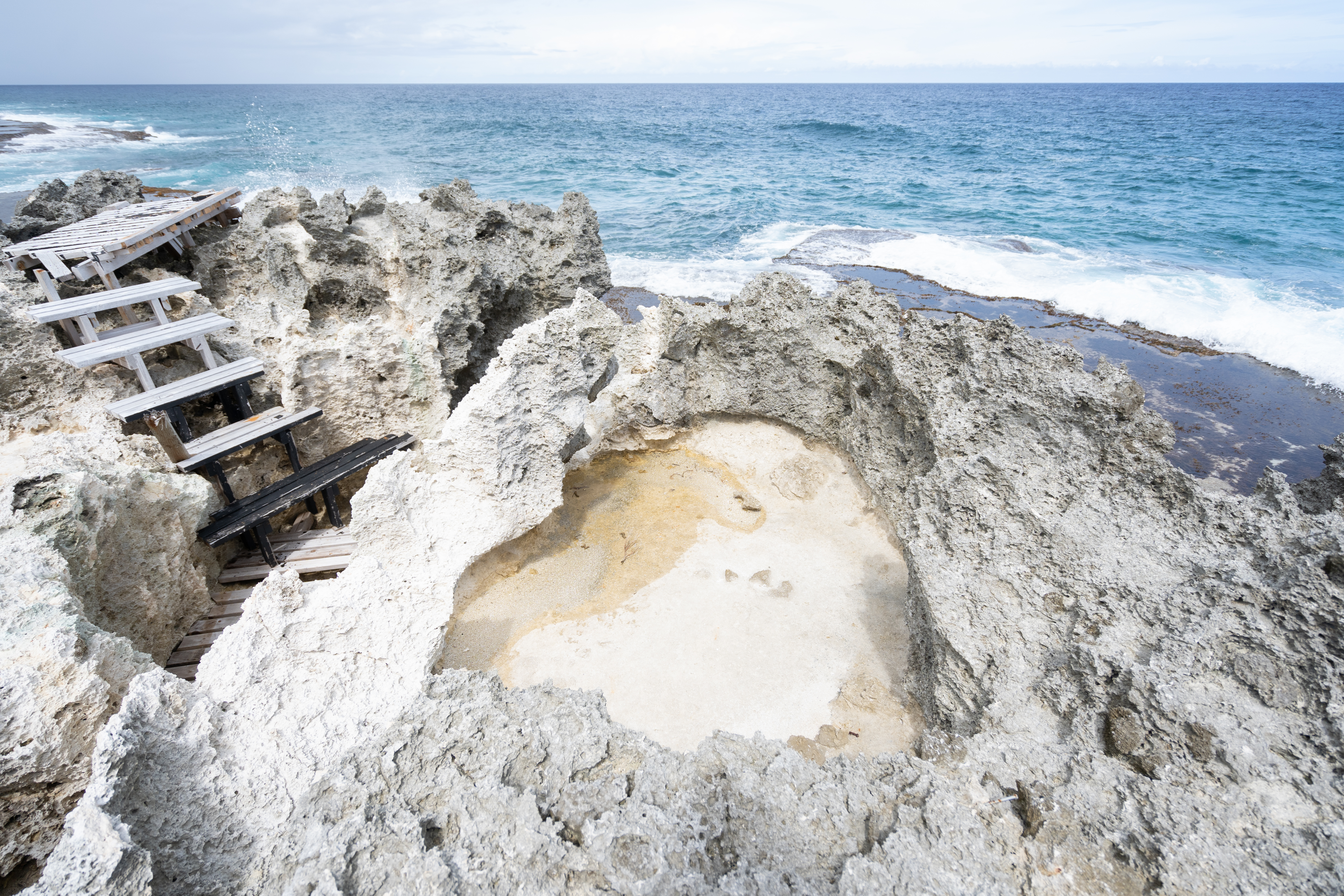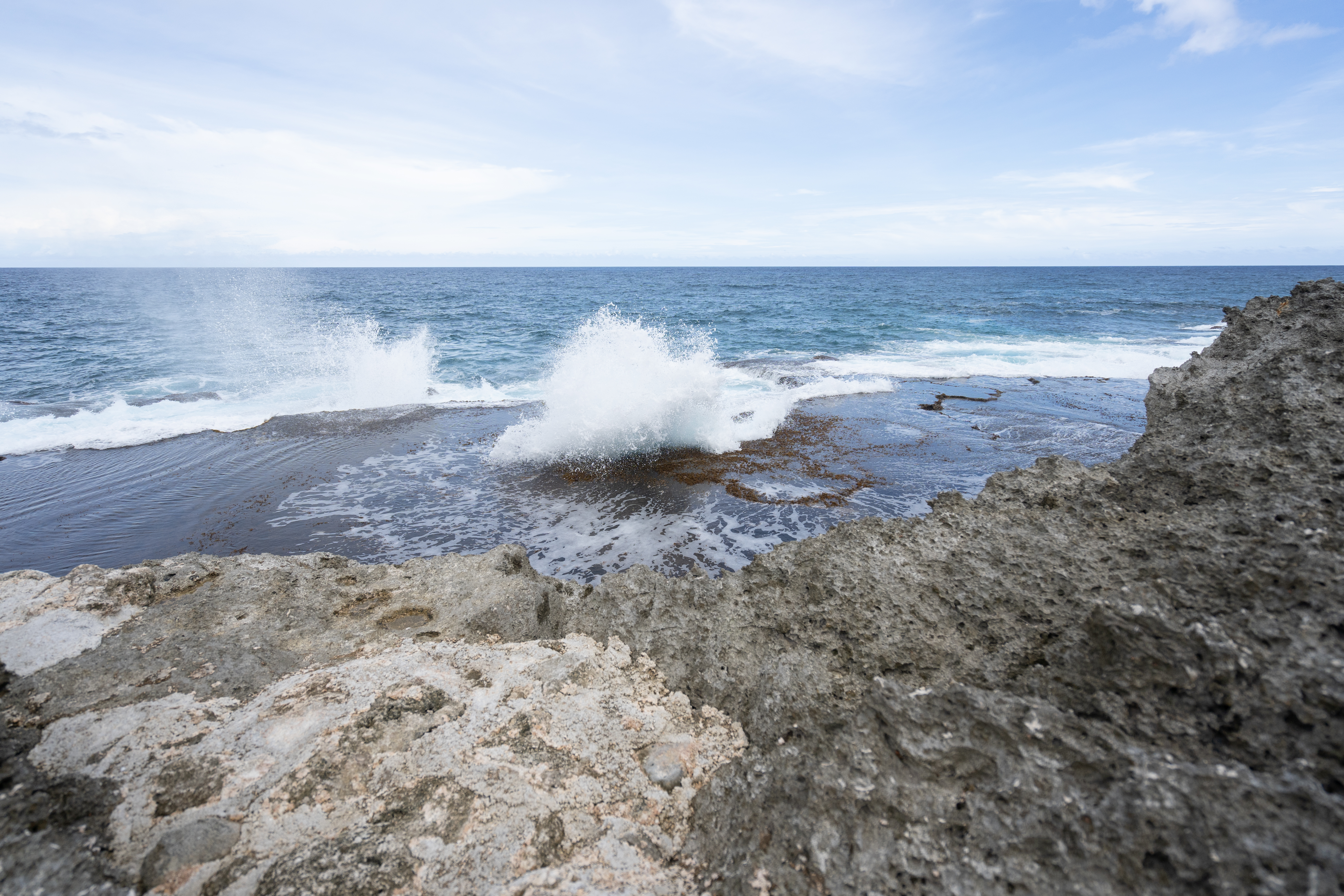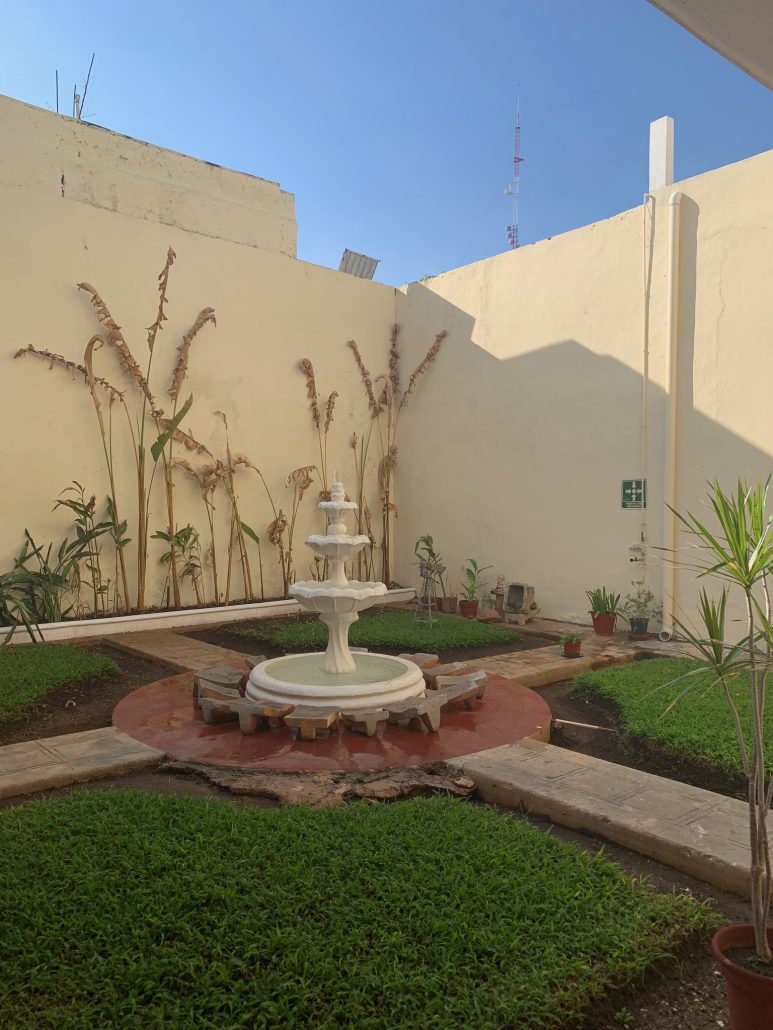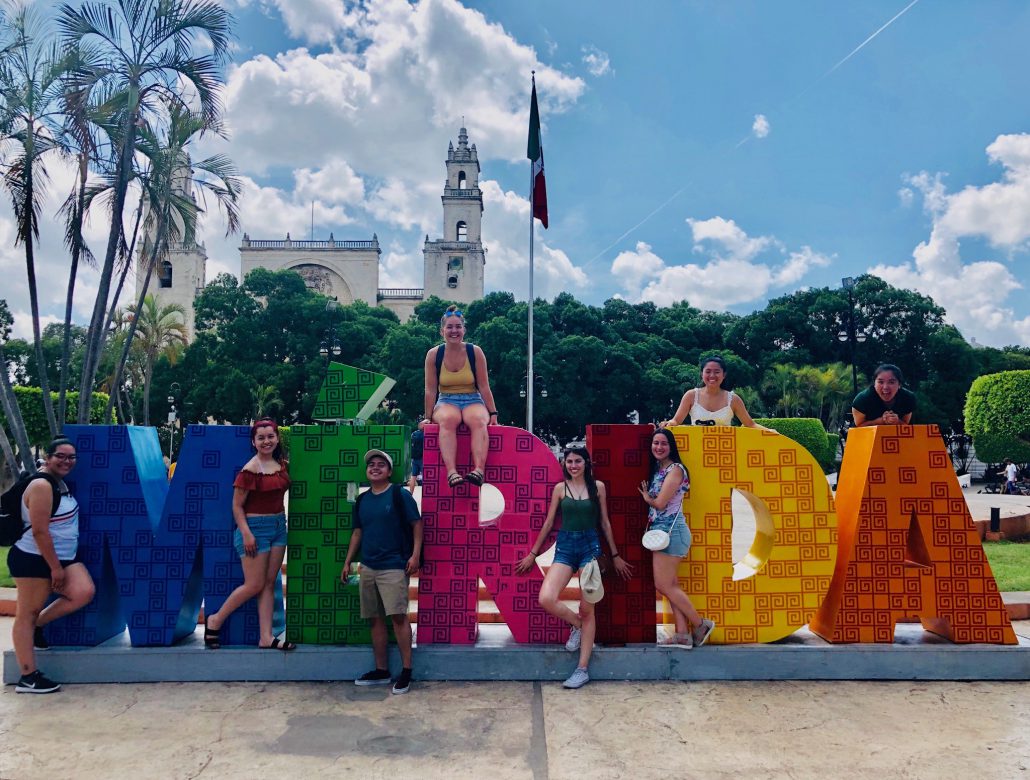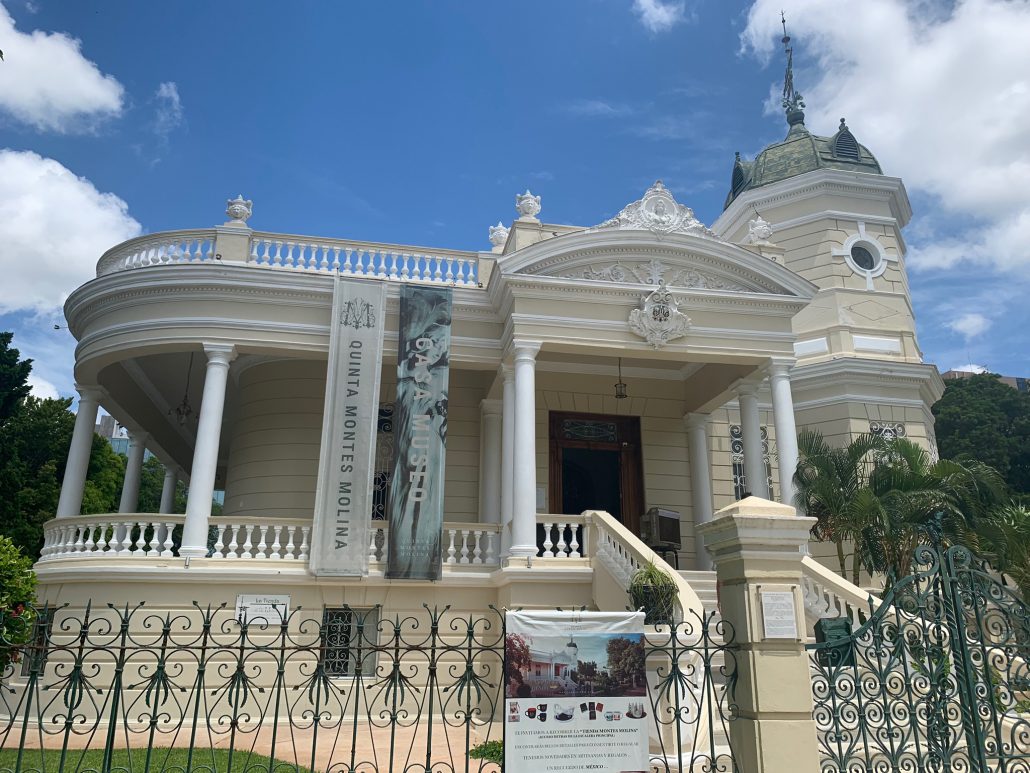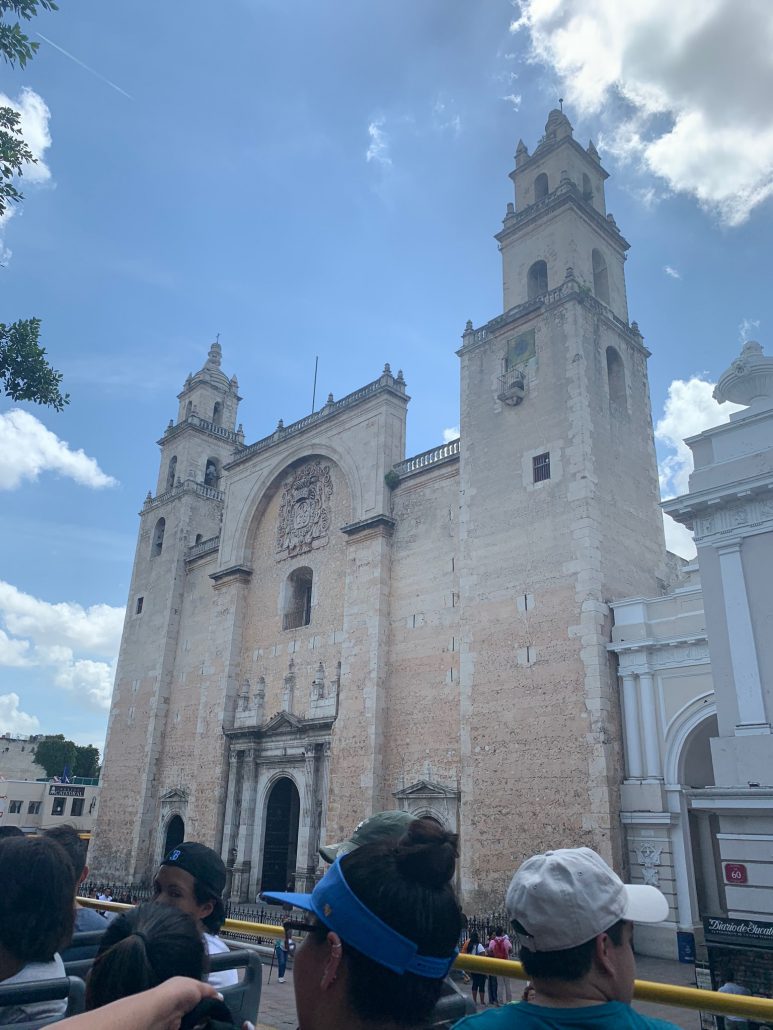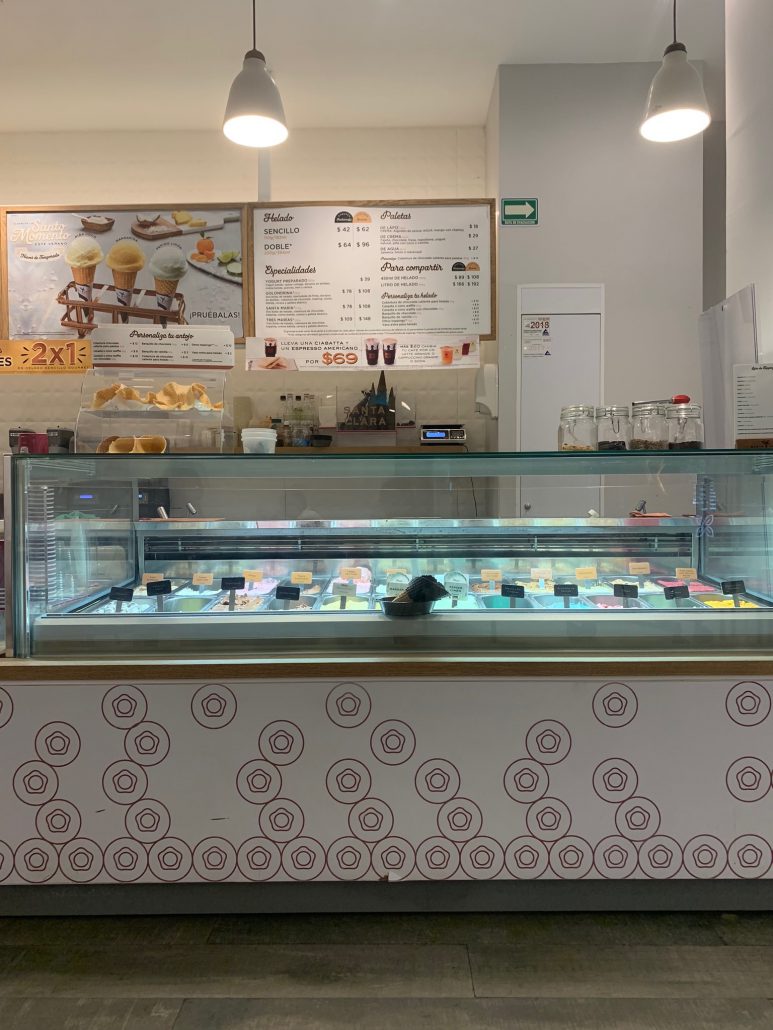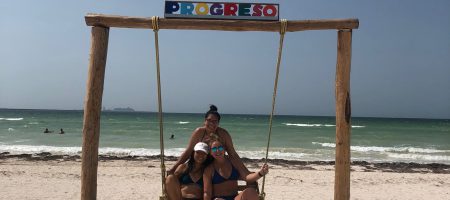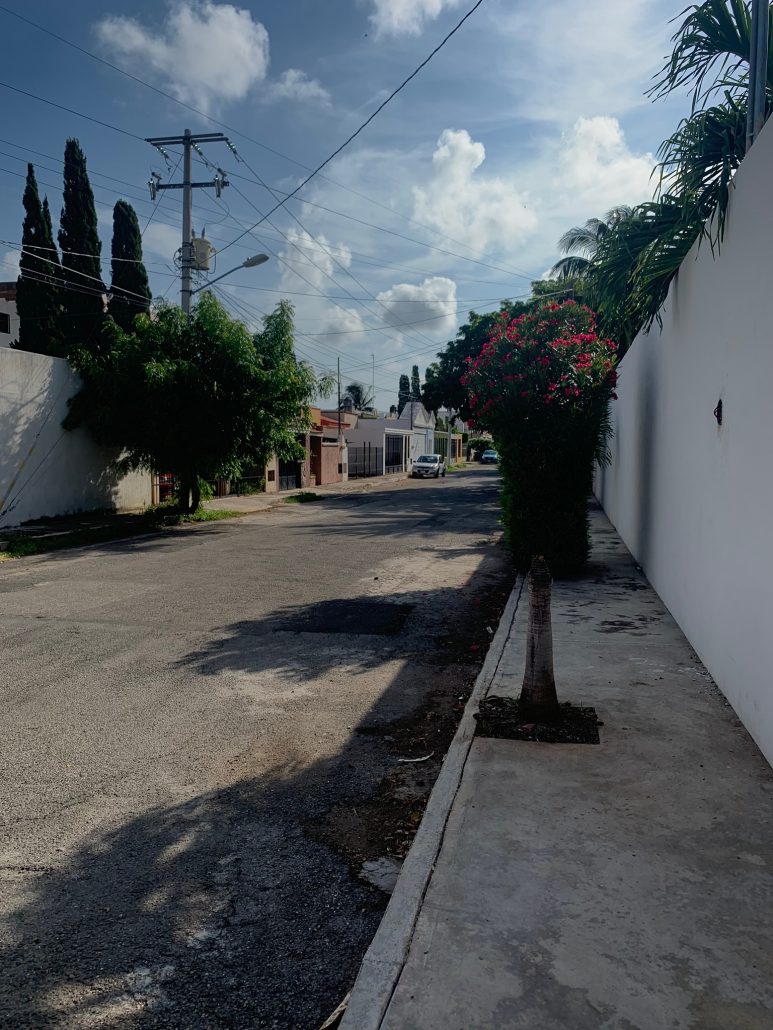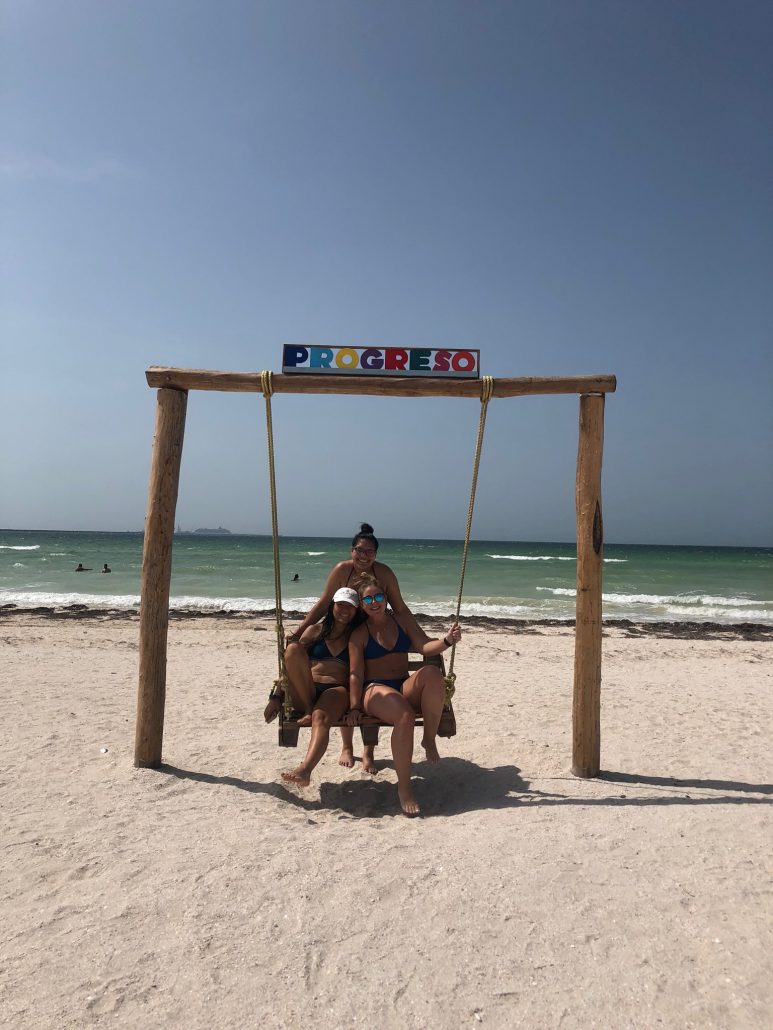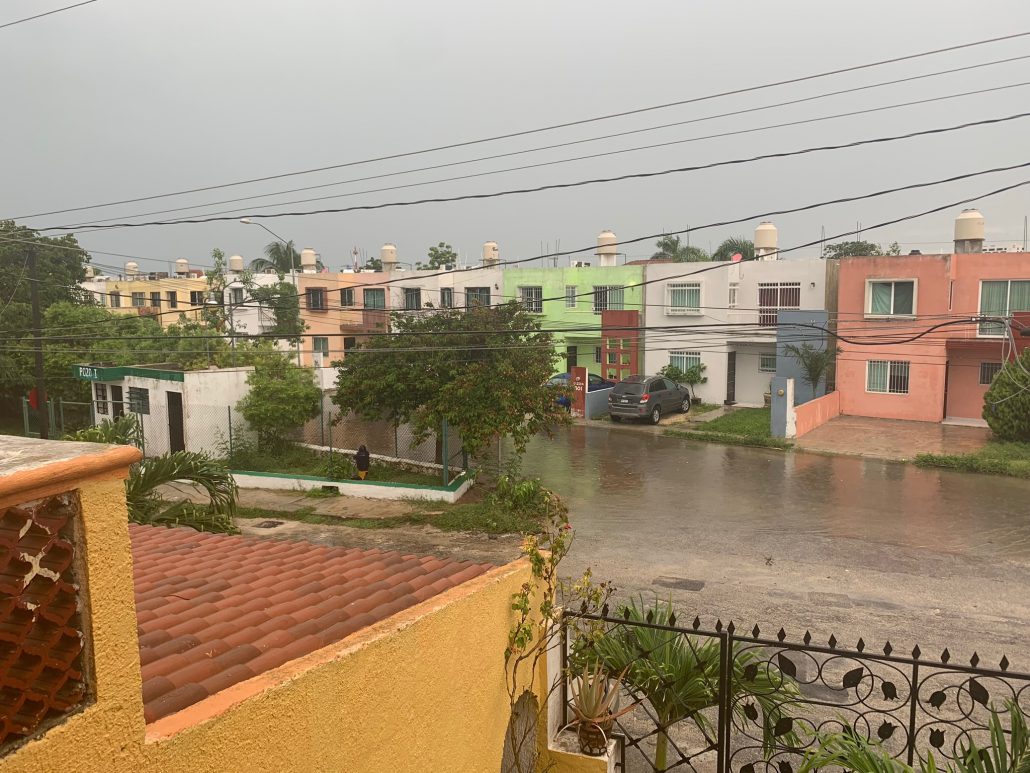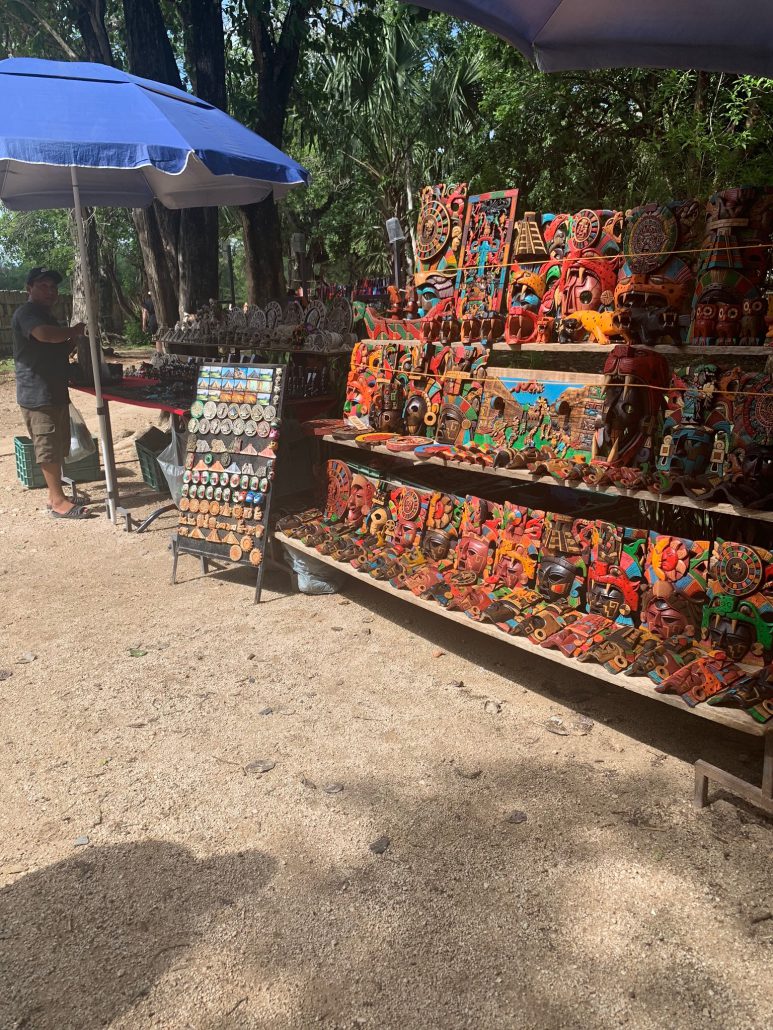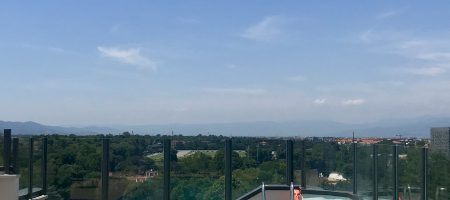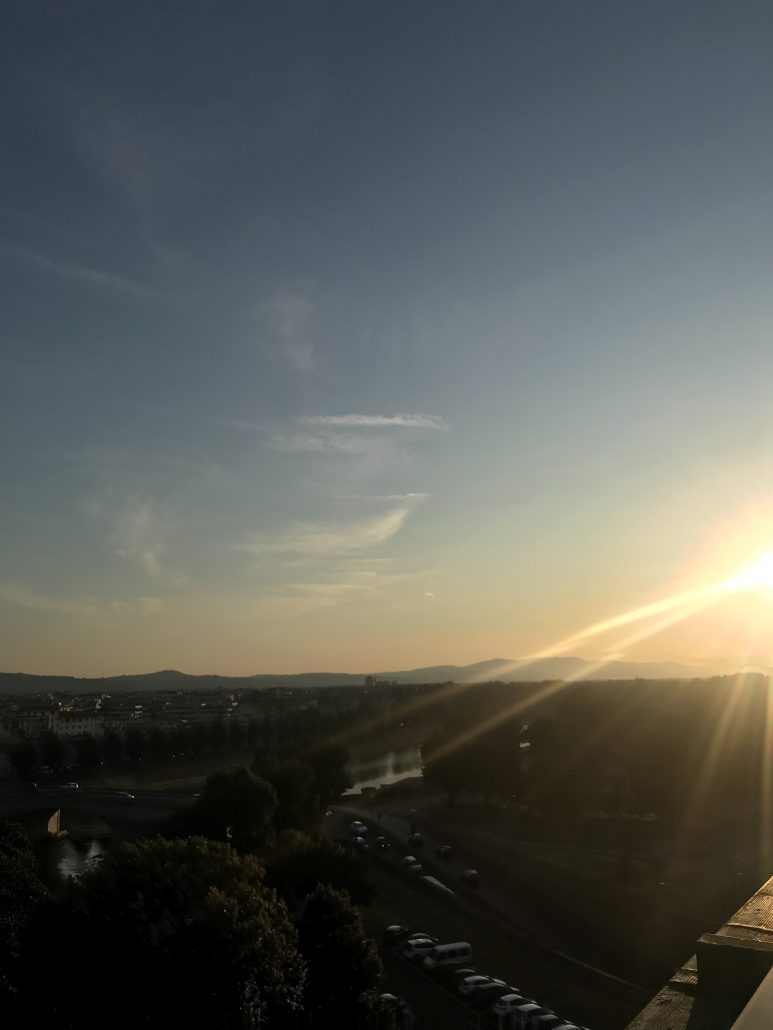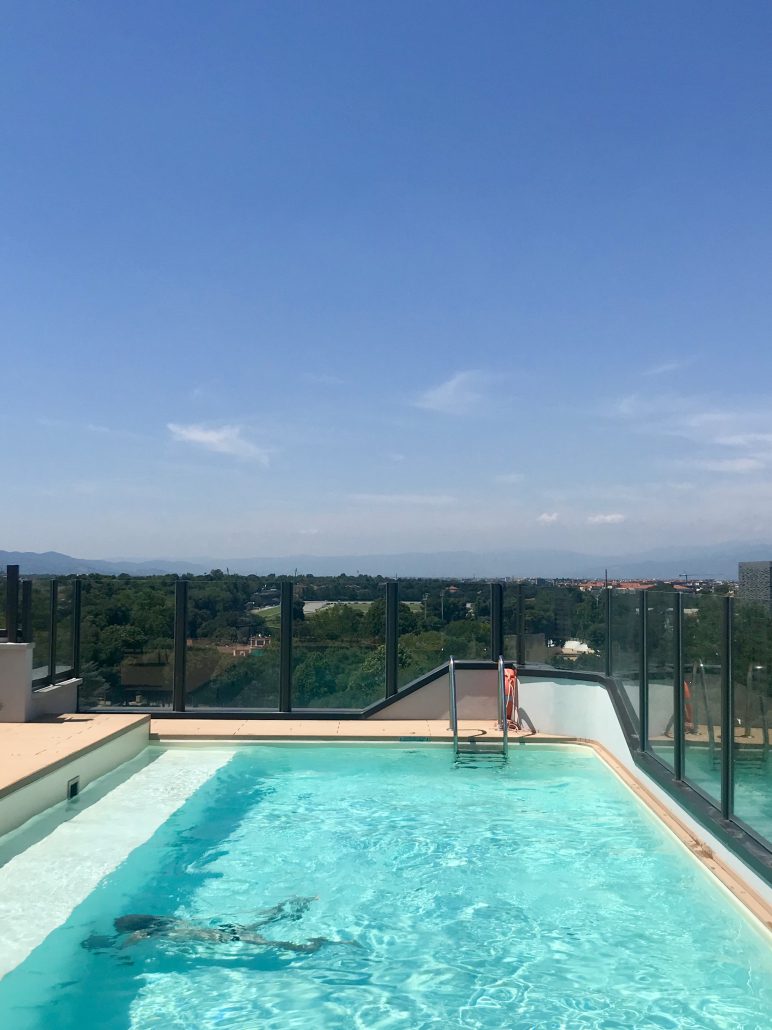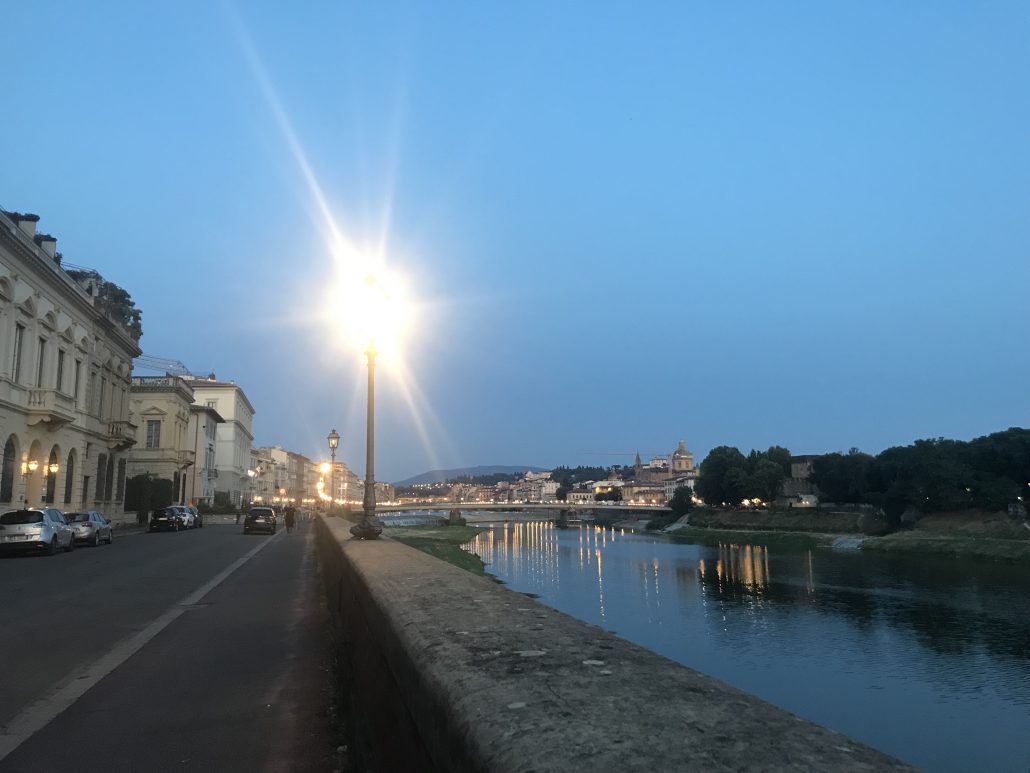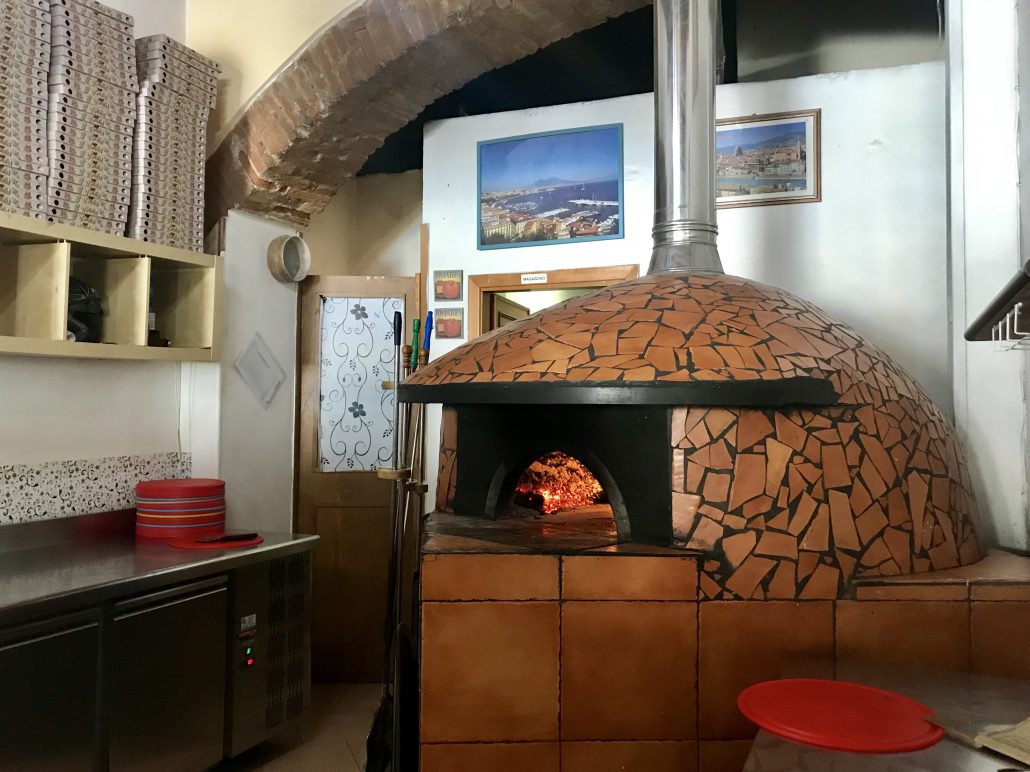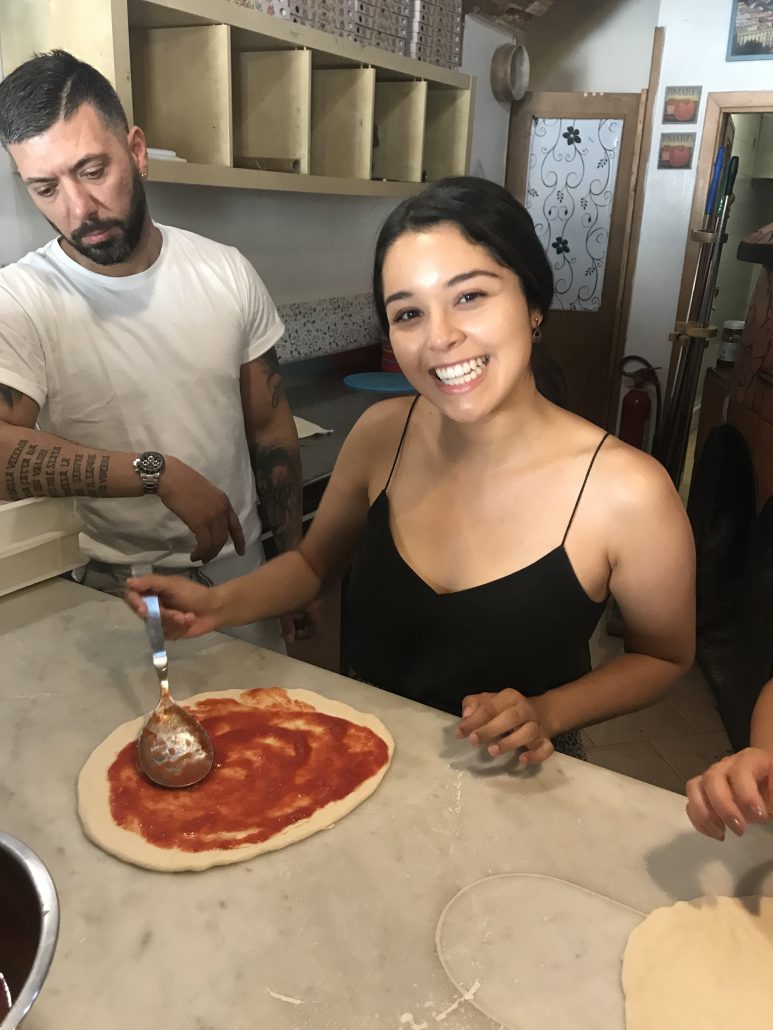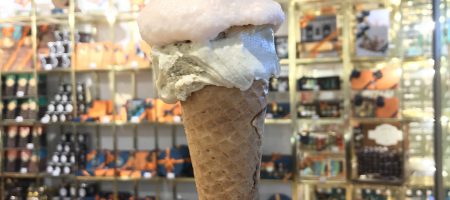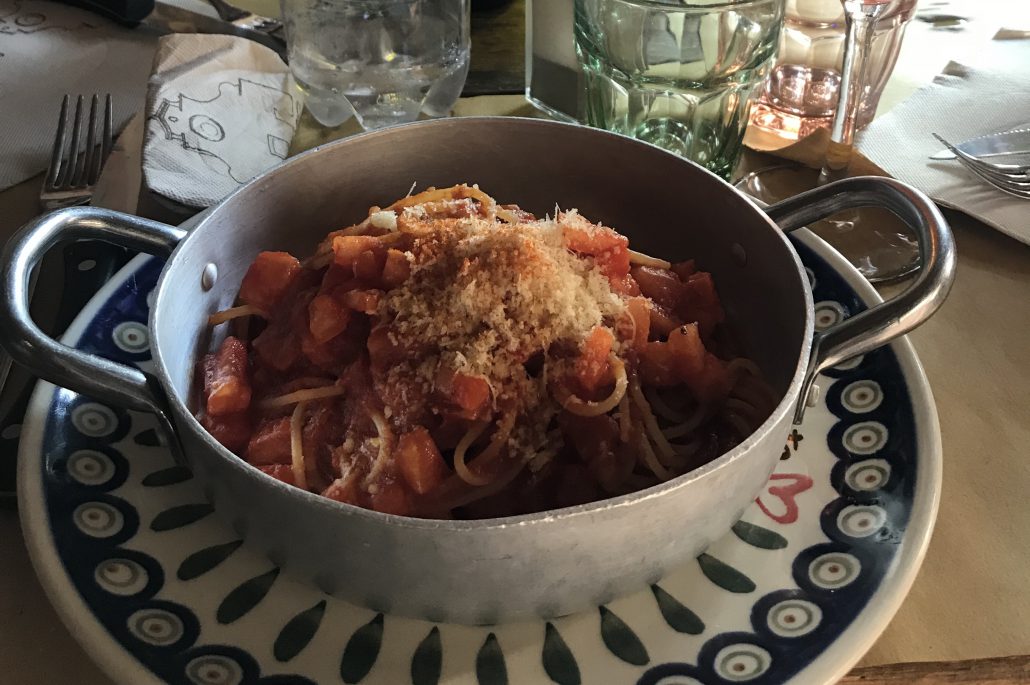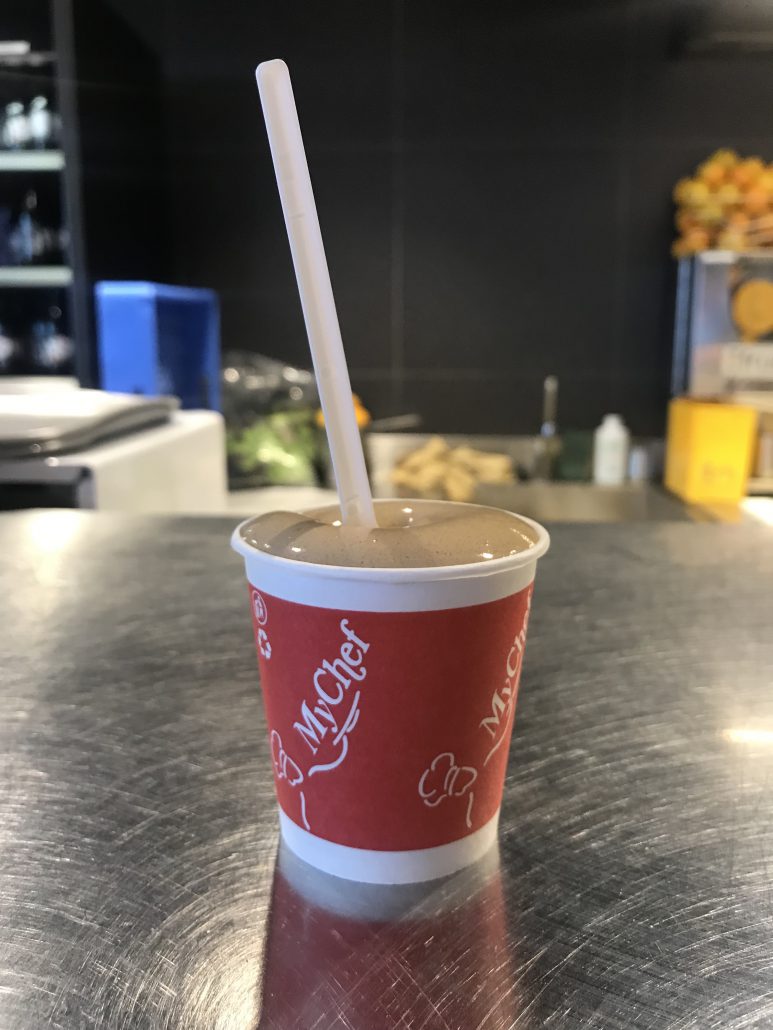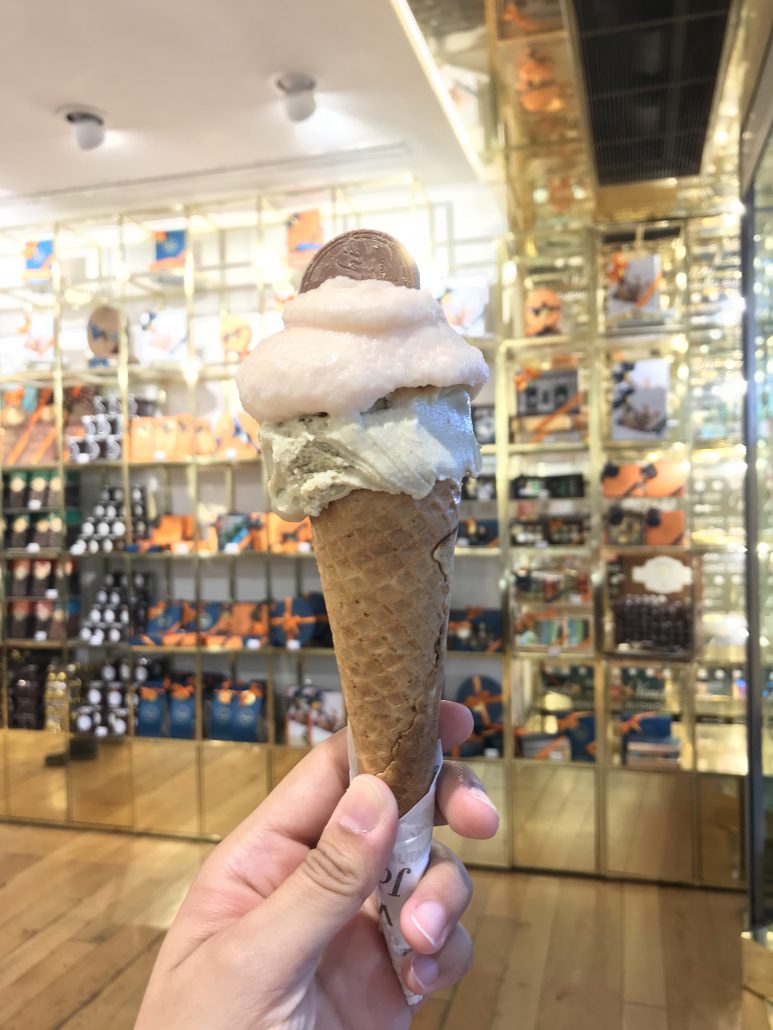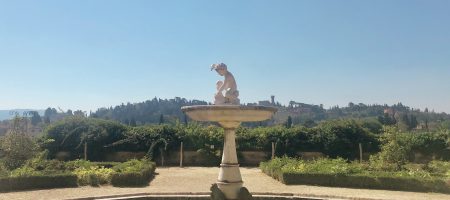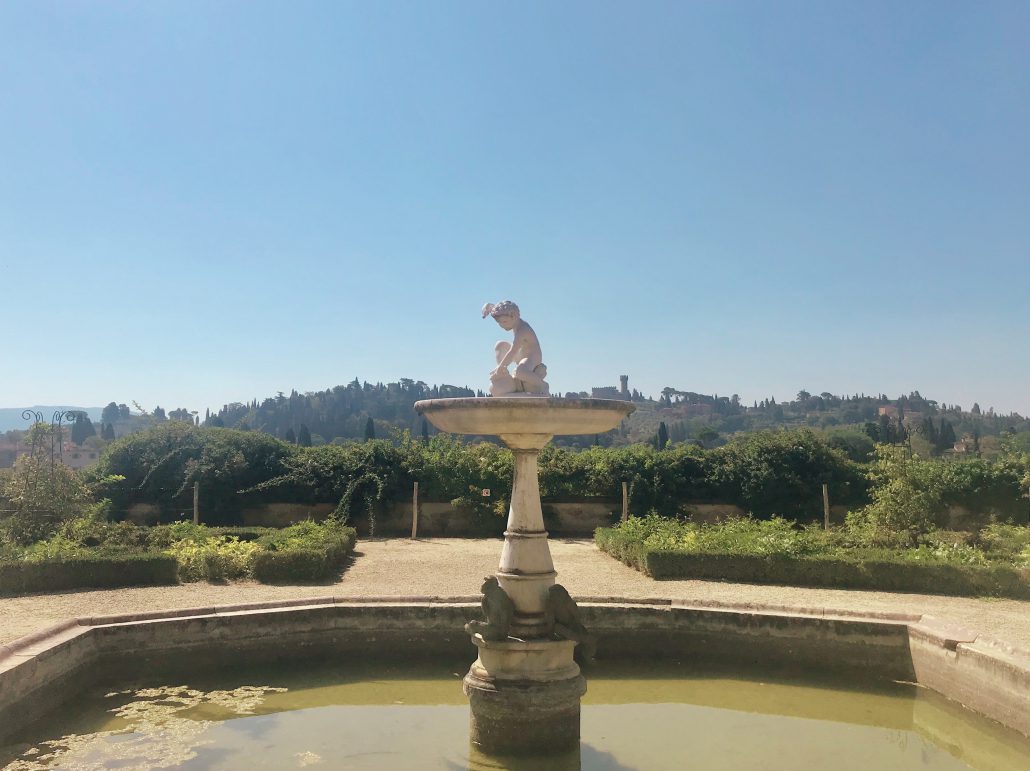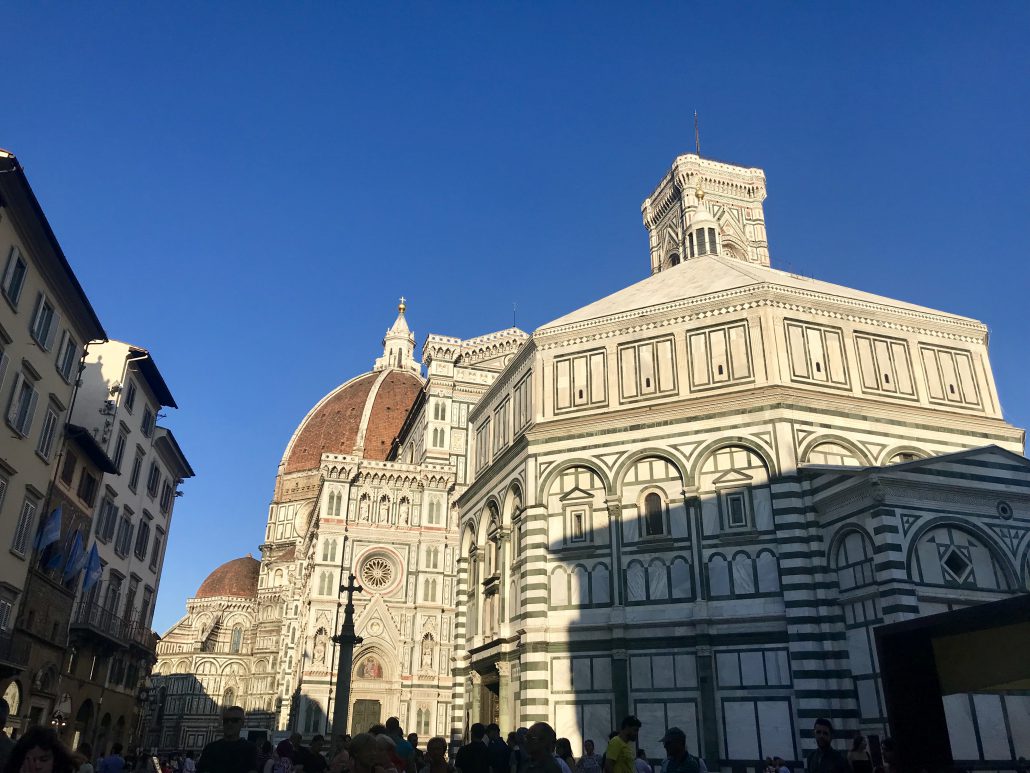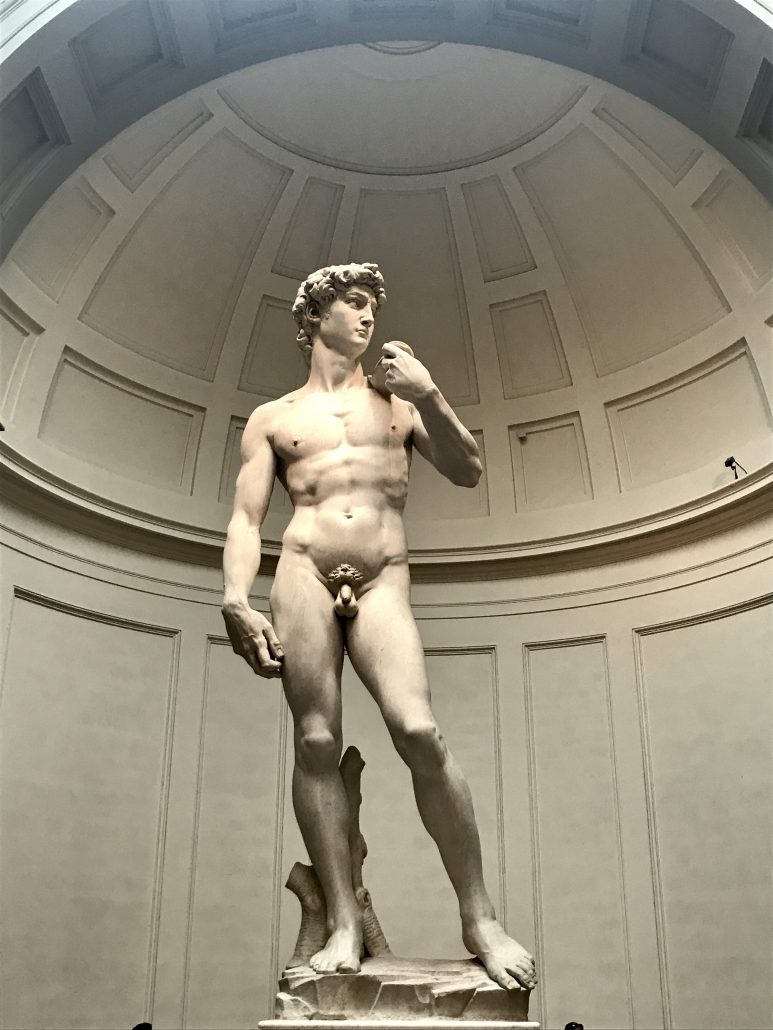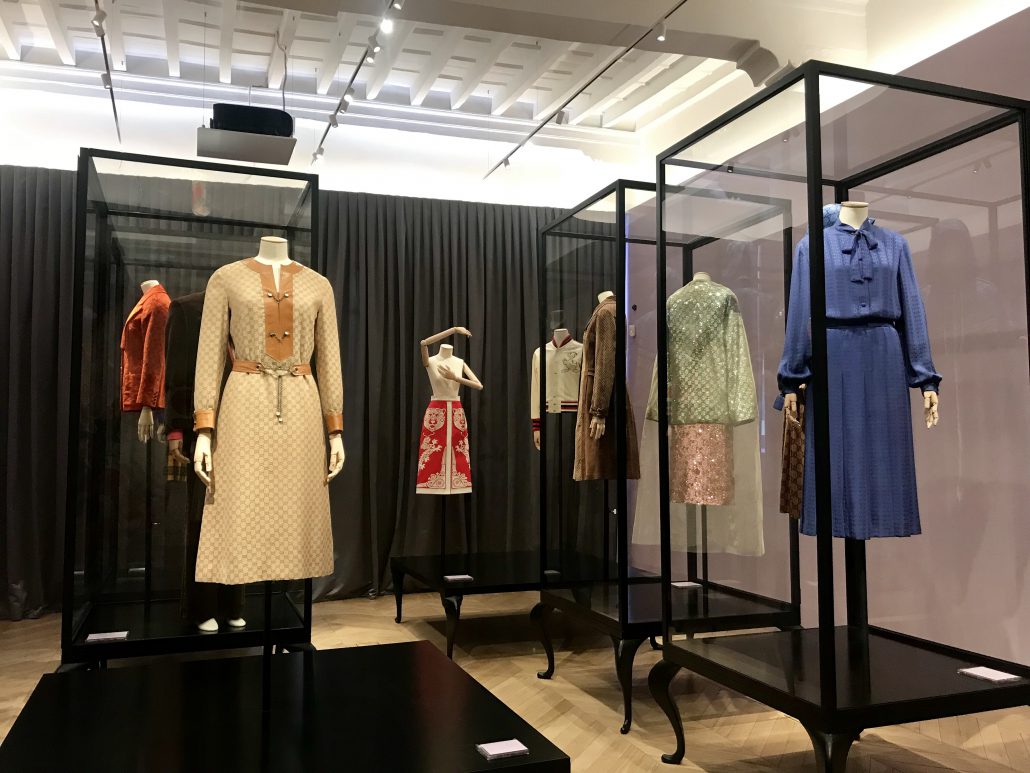Guam | Public Forum and Visiting Litekyan
By Tecpatl Kuauhtzin
Community organizations came together in Hagåtña at the legislature for a public hearing on financial support. Guam officials have cut funding to all community organizations, including the organizations that we are aiding as students. Our class nominated Kat and I to speak with and on behalf of the Håya Foundation, who are a community organization of traditional Chamoru healers. They are mostly elderly women who have taken it upon themselves to support their community, and they do it with no pay. As a non-profit organization, they need support from the government to remain open.
I spoke about the importance of healing and traditional medicine from my perspective. I shared about how much of my culture has been lost because of colonization and how dire it is for our youth to be surrounded by these healing practices. Intergenerational trauma and suicide rates of youth in both the Native American community and the Chamoru community are at an all time high, and I posed the fact that traditional medicine is counteracting this reality. I asked for the Speaker and chairman to support Håya and the other community organizations with their requests.

Because today is Wednesday, it was field trip day! We visited the nature center in Litekyan today, and took a tour around the area. Our guides reminded us that this is where the Marines want to build their firing range, and that if they succeeded it would shut down access to the entire area. Furthermore, it would be such a large environmental impact, and the land there is sacred. In the nature center, our guides explained the importance of respect while we visit the sites in the area. They also shared that there are multiple caves with ancient pictographs and artifacts. We prepared ourselves for the hike by learning about the history of the area.
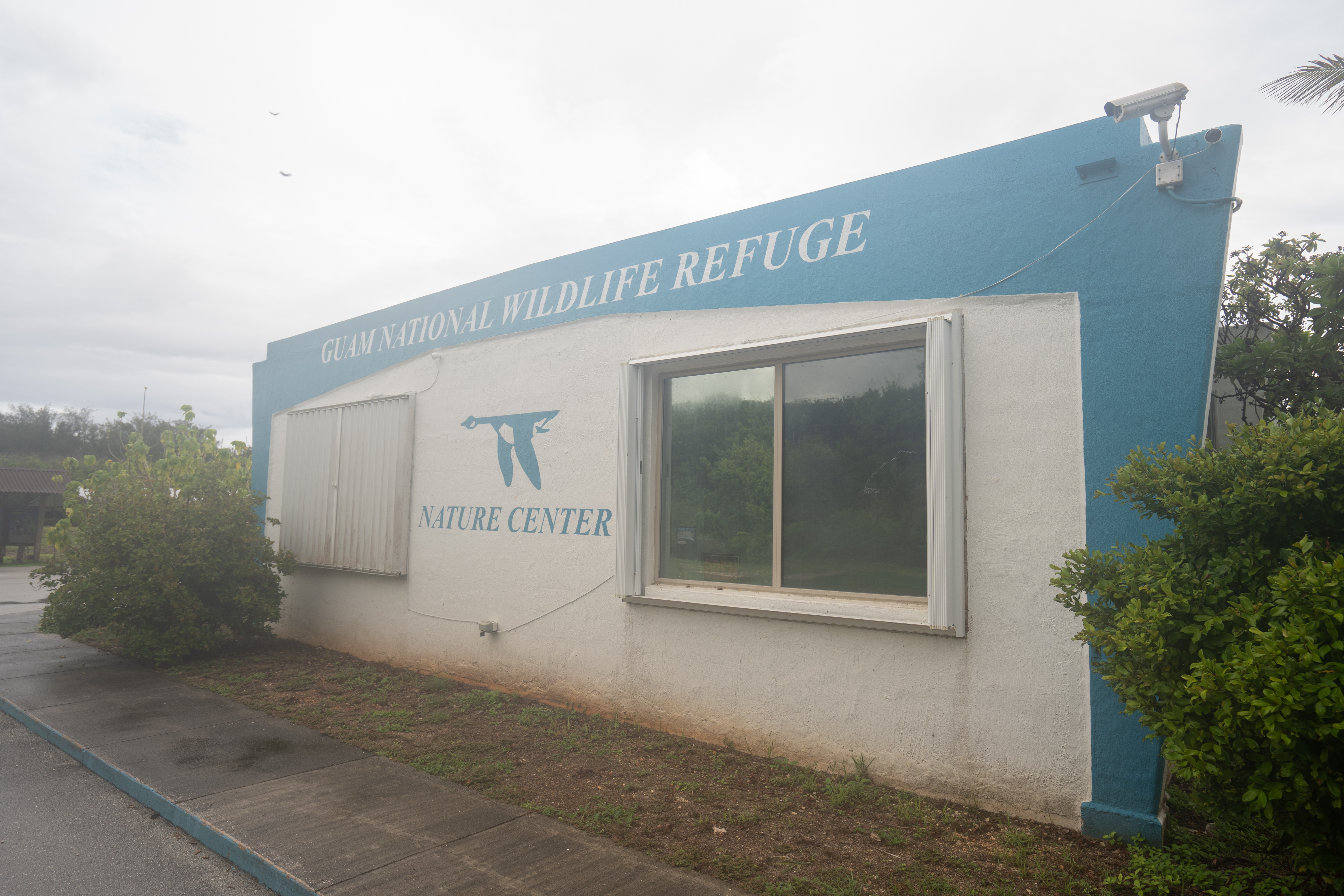

The first cave we visited, we made sure to ask for permission to enter. Our guides pointed out multiple pictographs and shared their current theories as to what they represent or what story they tell. They shared that they are not 100 percent sure about the representations. I appreciated how involved our guides were with the community. Too often in the United States, natural tours are conducted by non-Indigenous Peoples and there is a large disconnect they have with the land and its history. It is just science. For this reason, I was happy to be learning from people who came from the land and care for it.
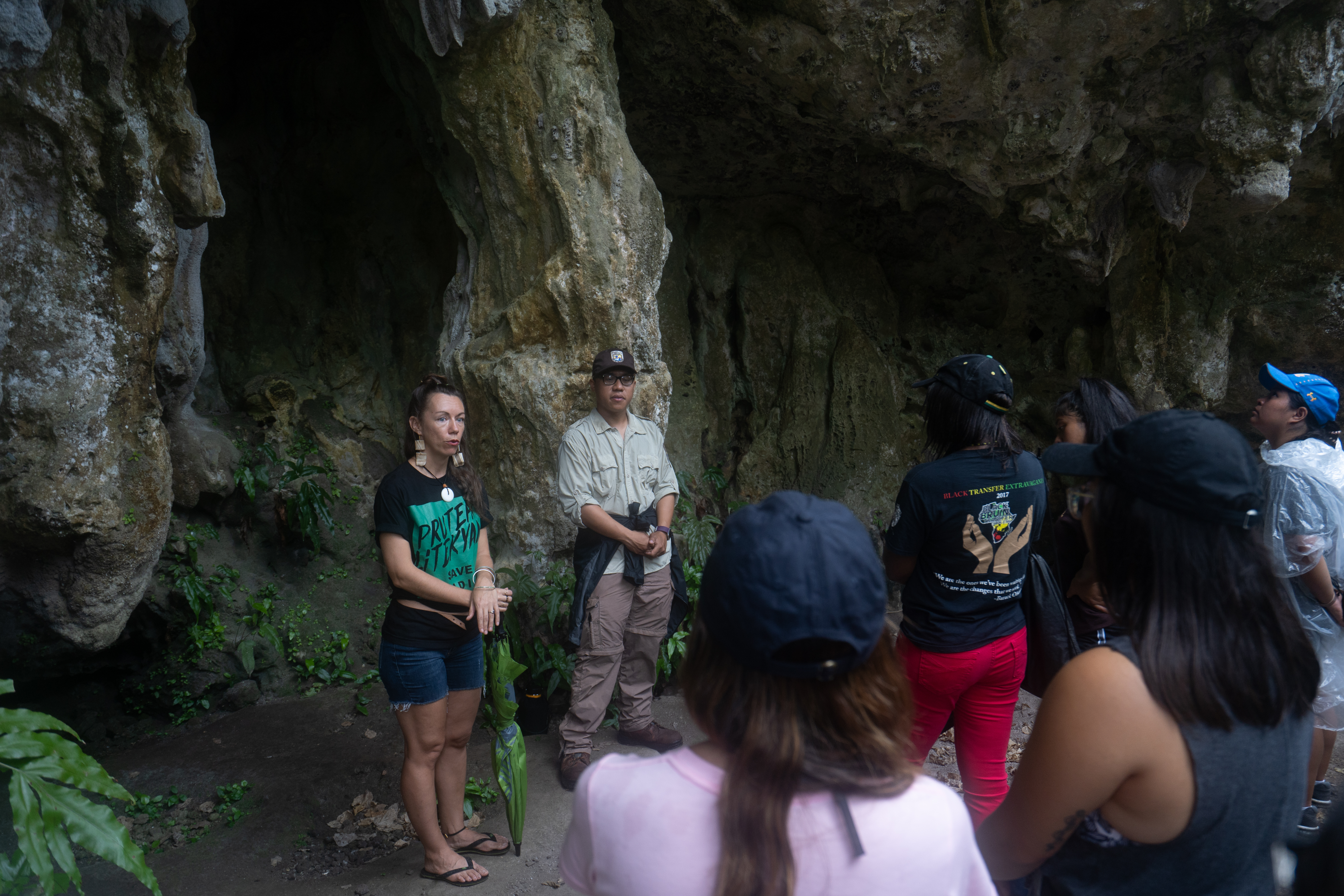

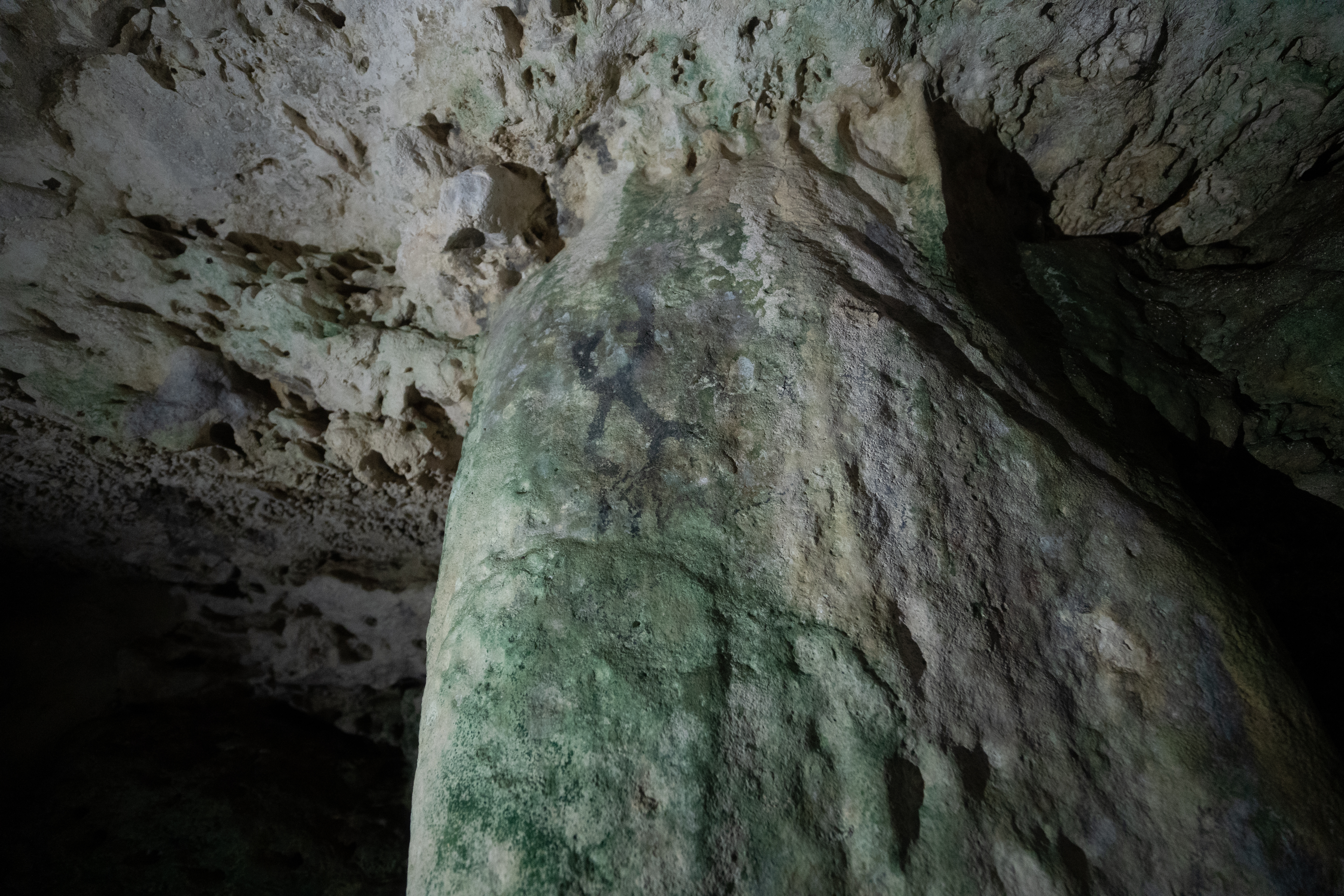
We reached a site that was home to many Lattes and possibly housed over 300 people. Our guides explained that all around this area, there are remains of Latte stone and other kinds of structures. It was awesome to be able to visit this land and share space with our guides and my class.
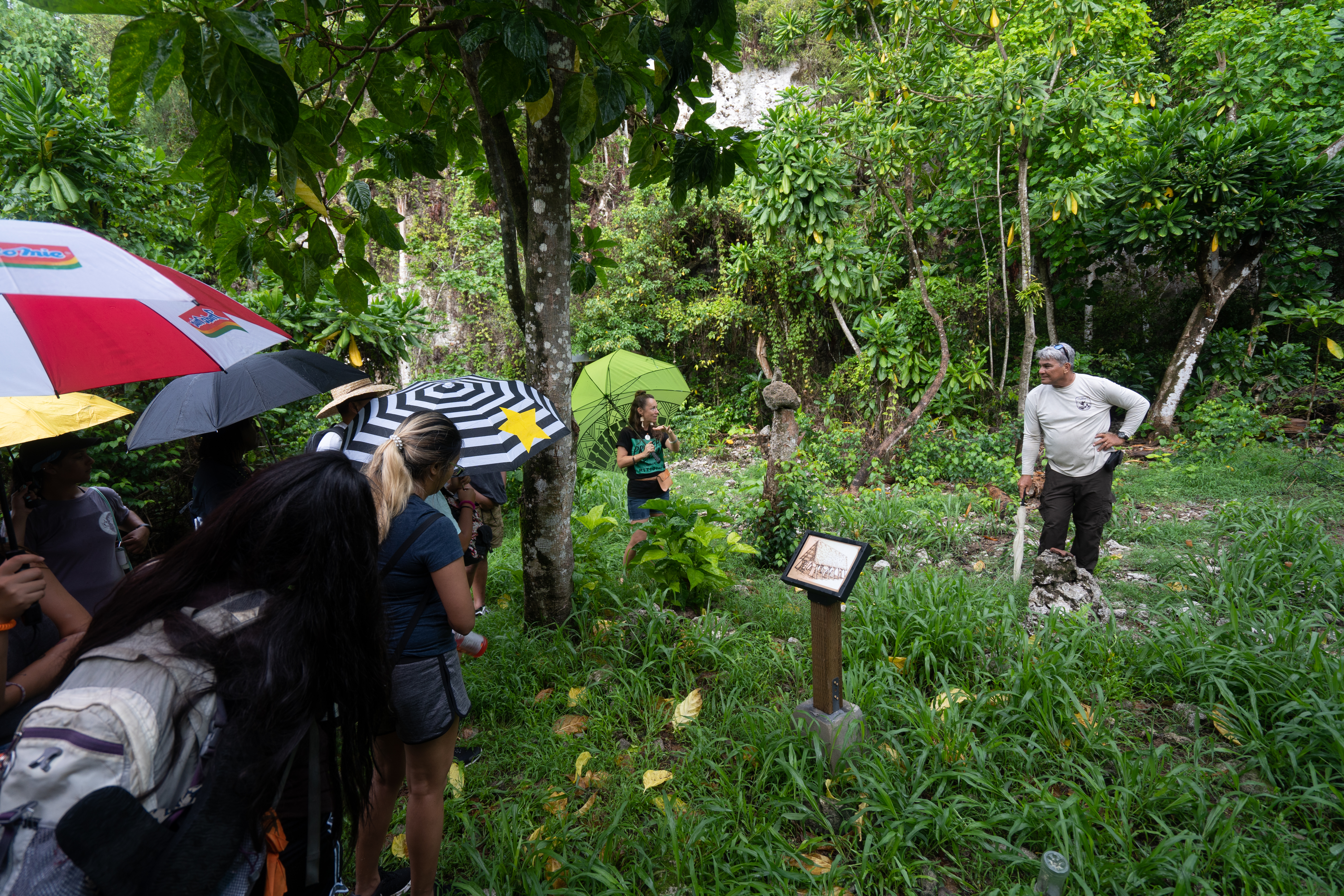
Tecpatl studied abroad in Guam in Summer 2019. https://ieo.ucla.edu/travelstudy/asianam-guam/


